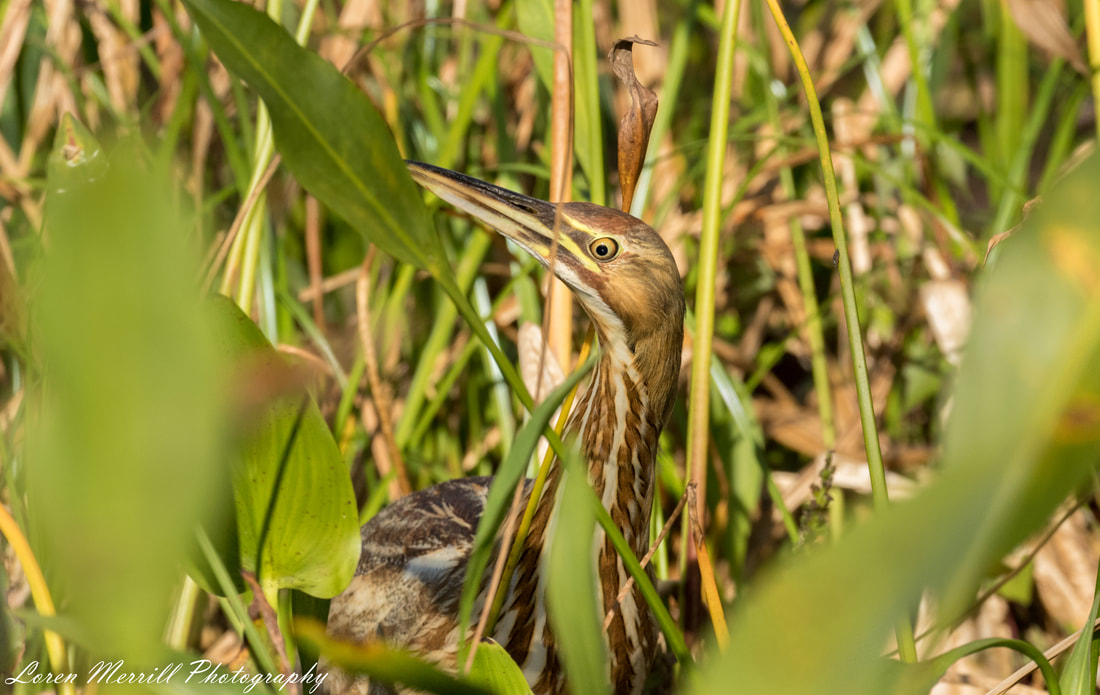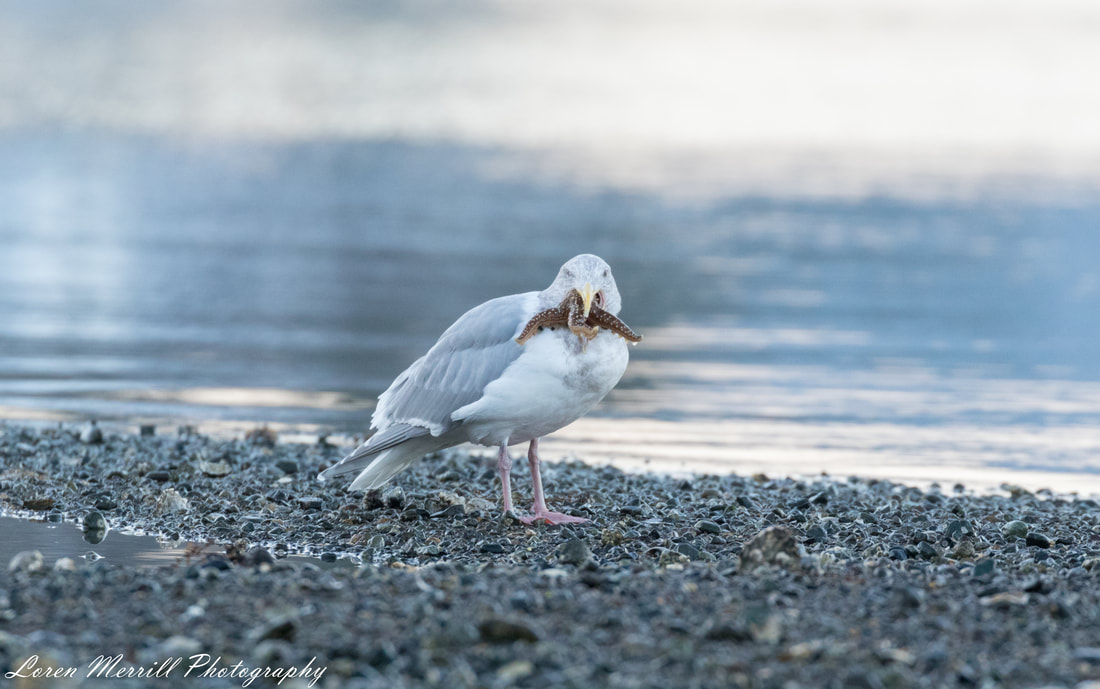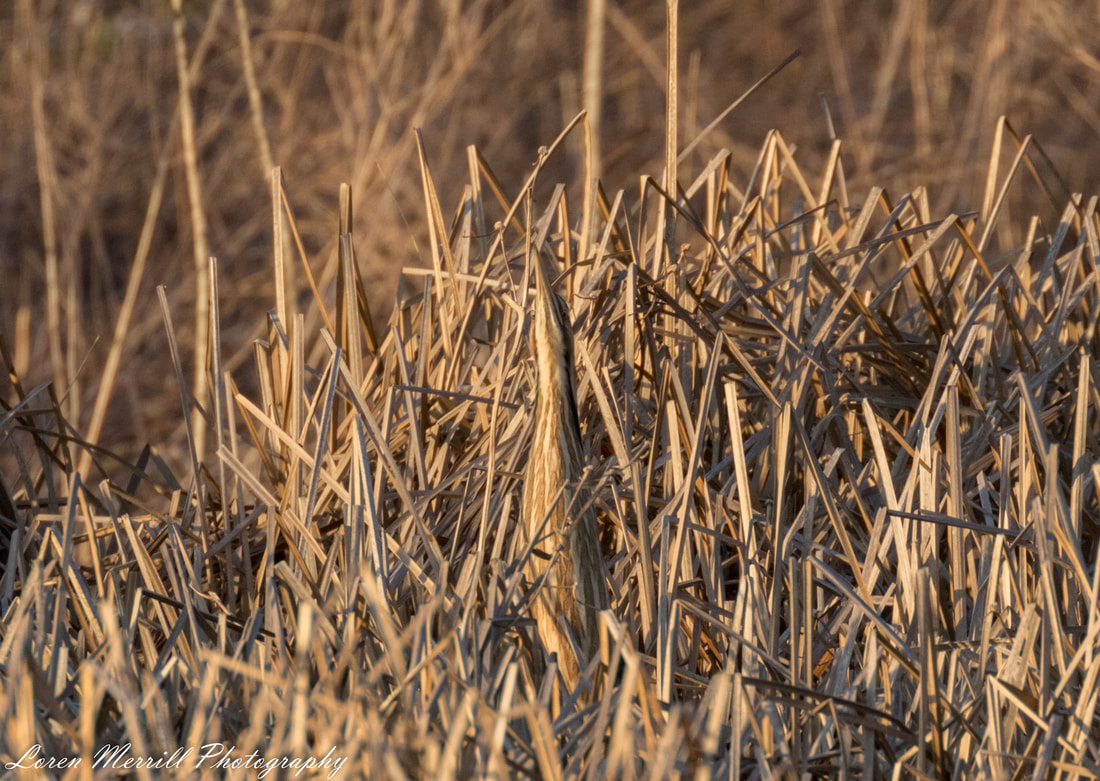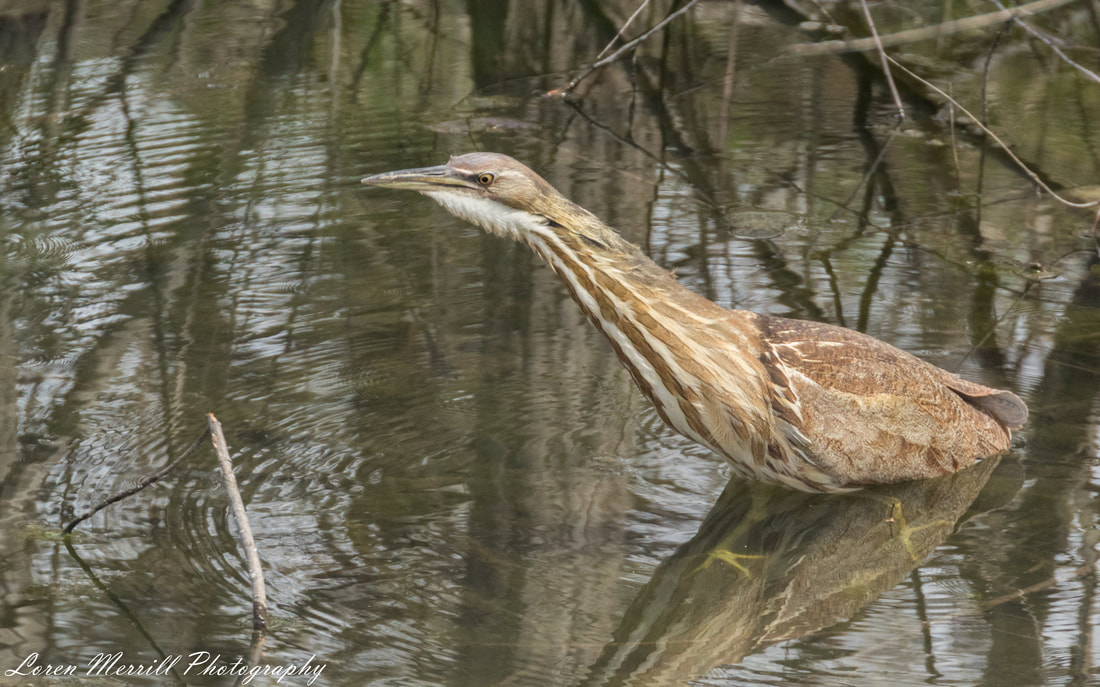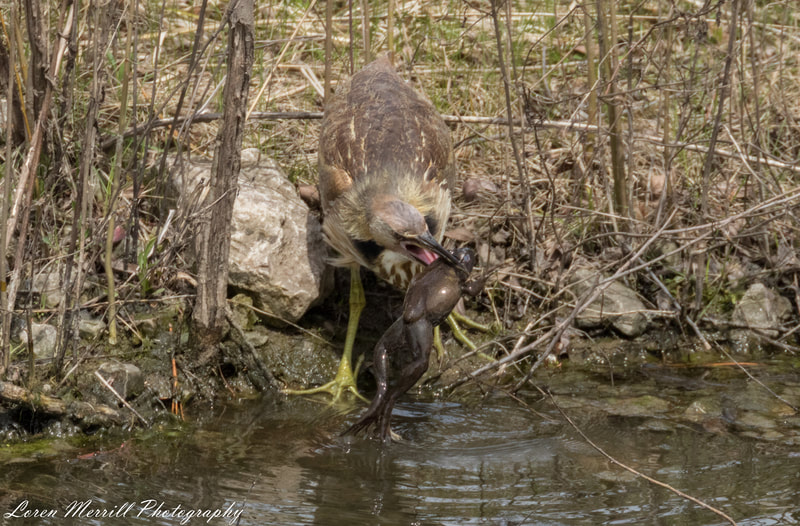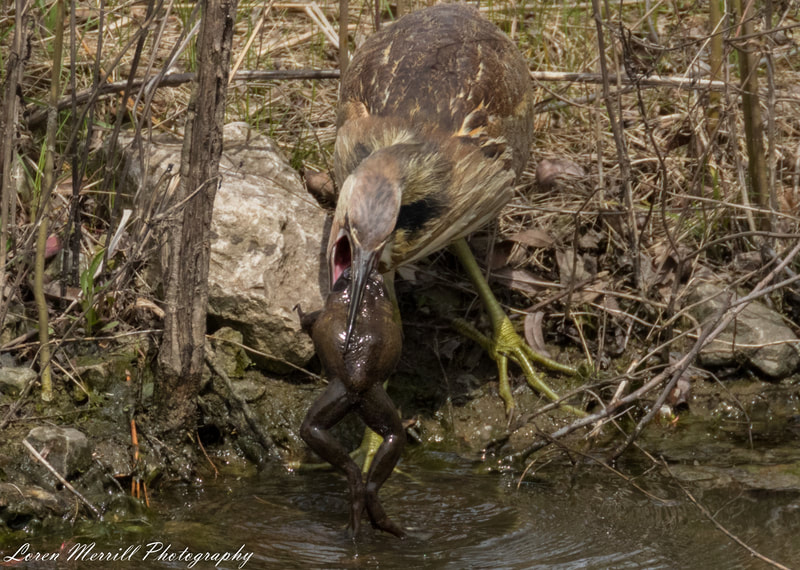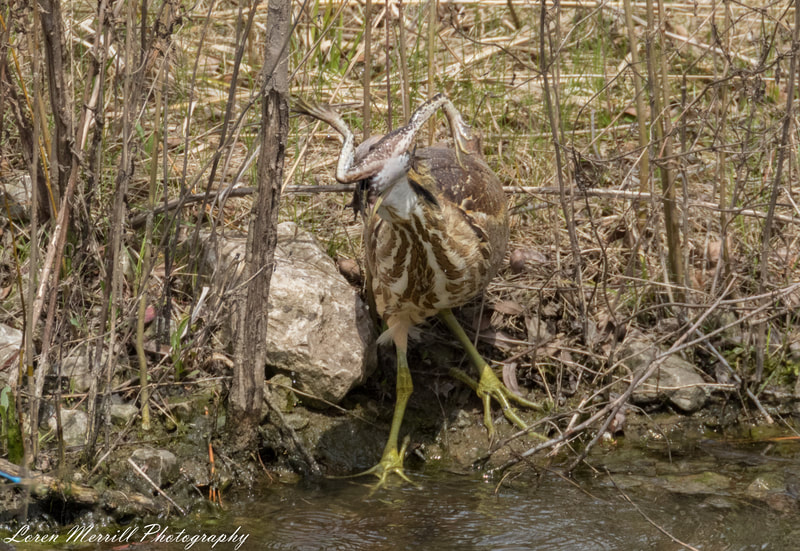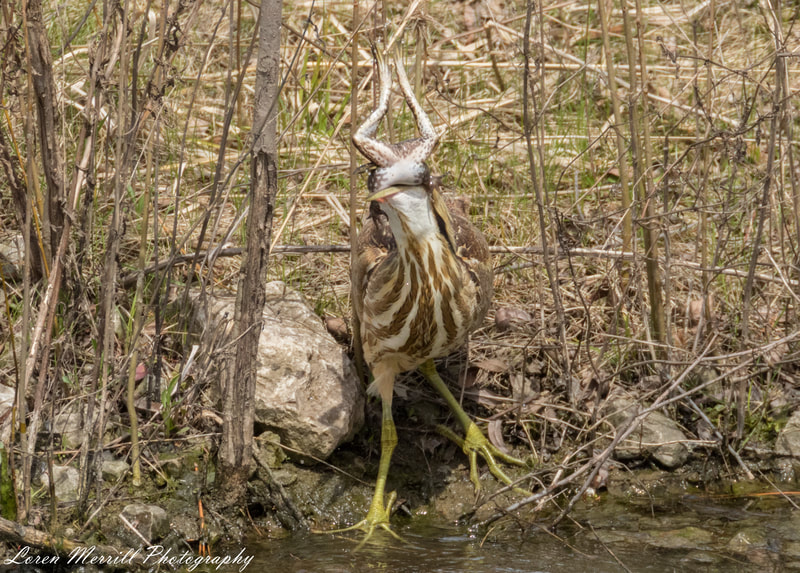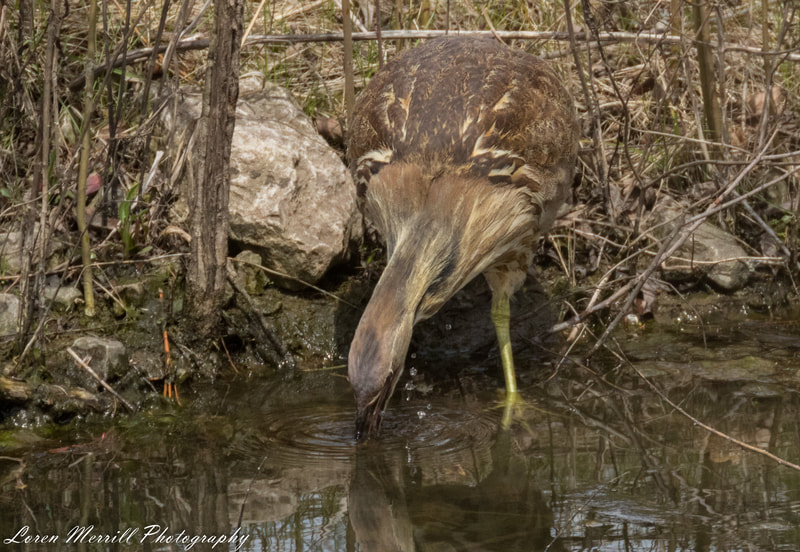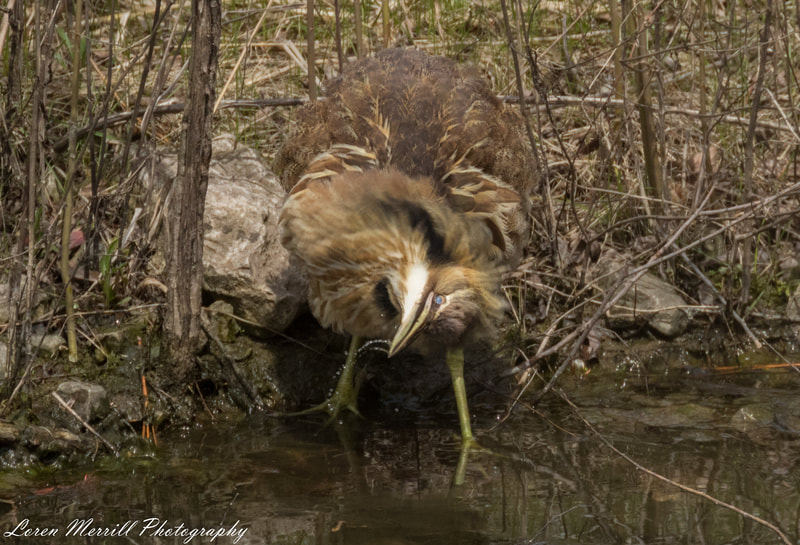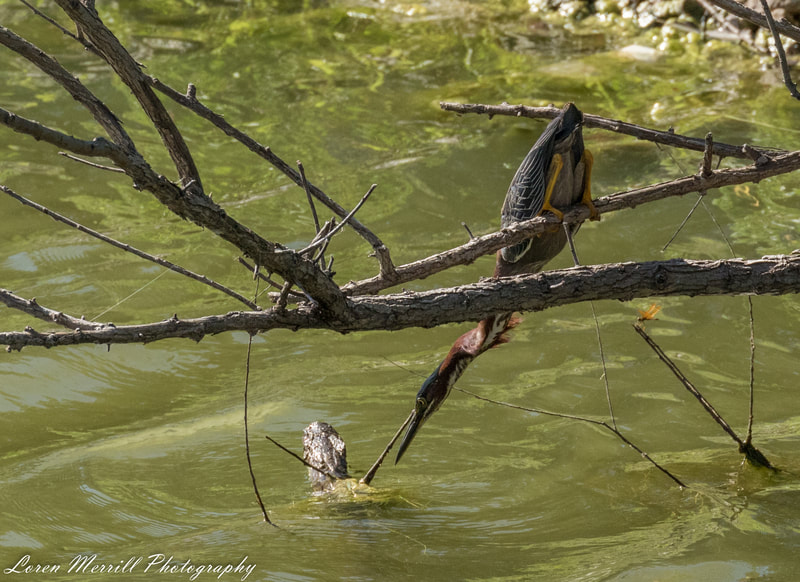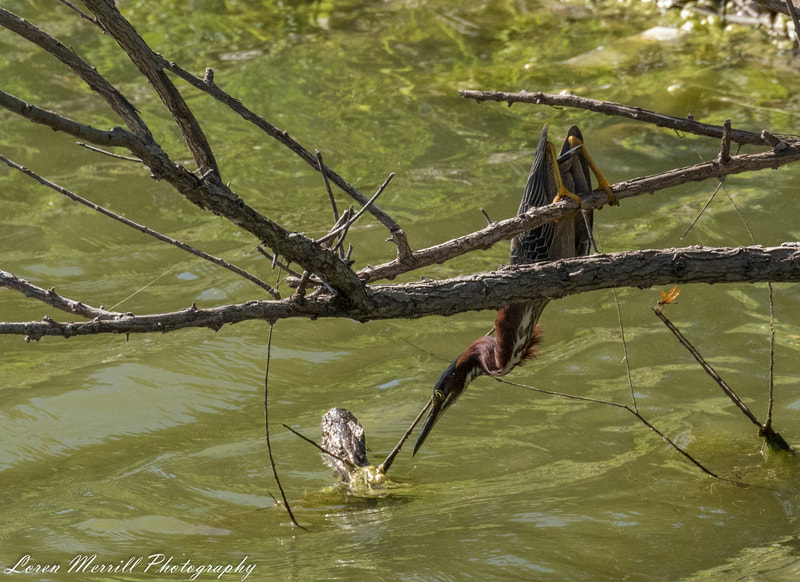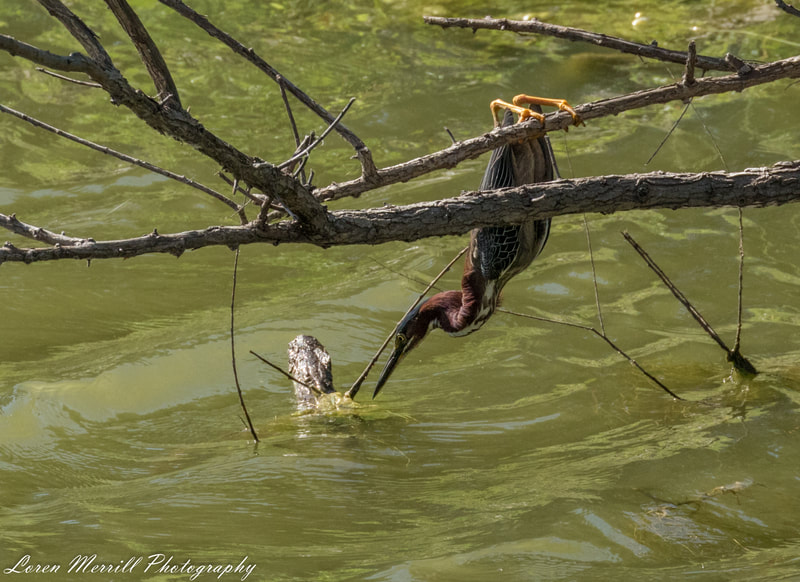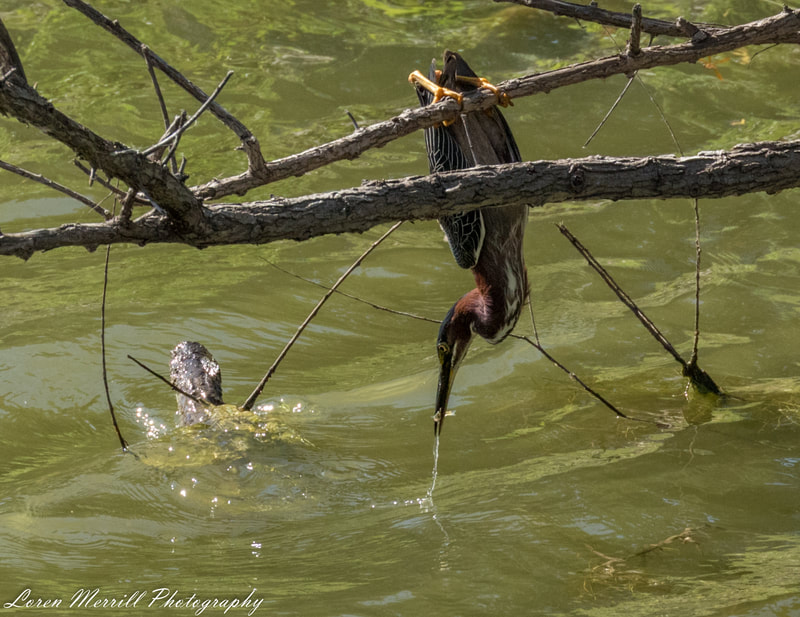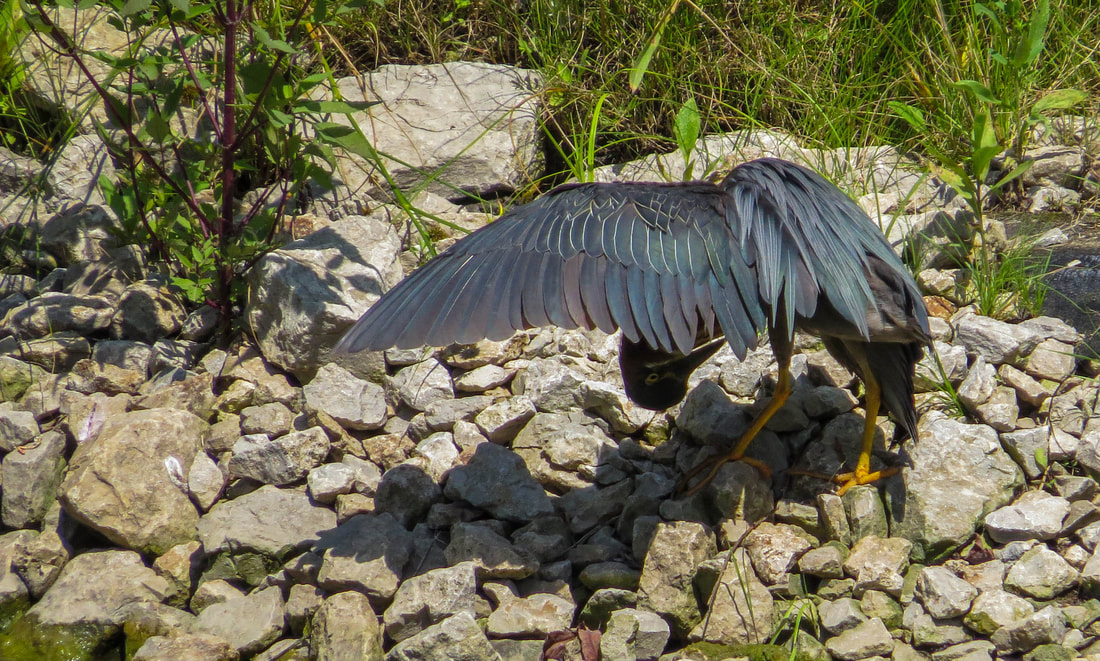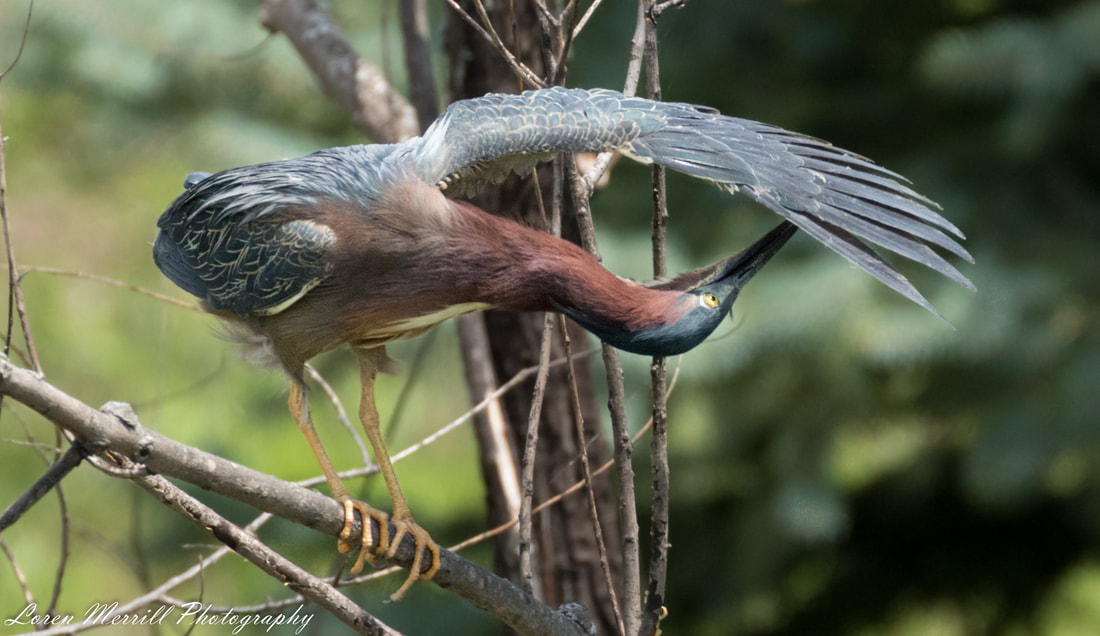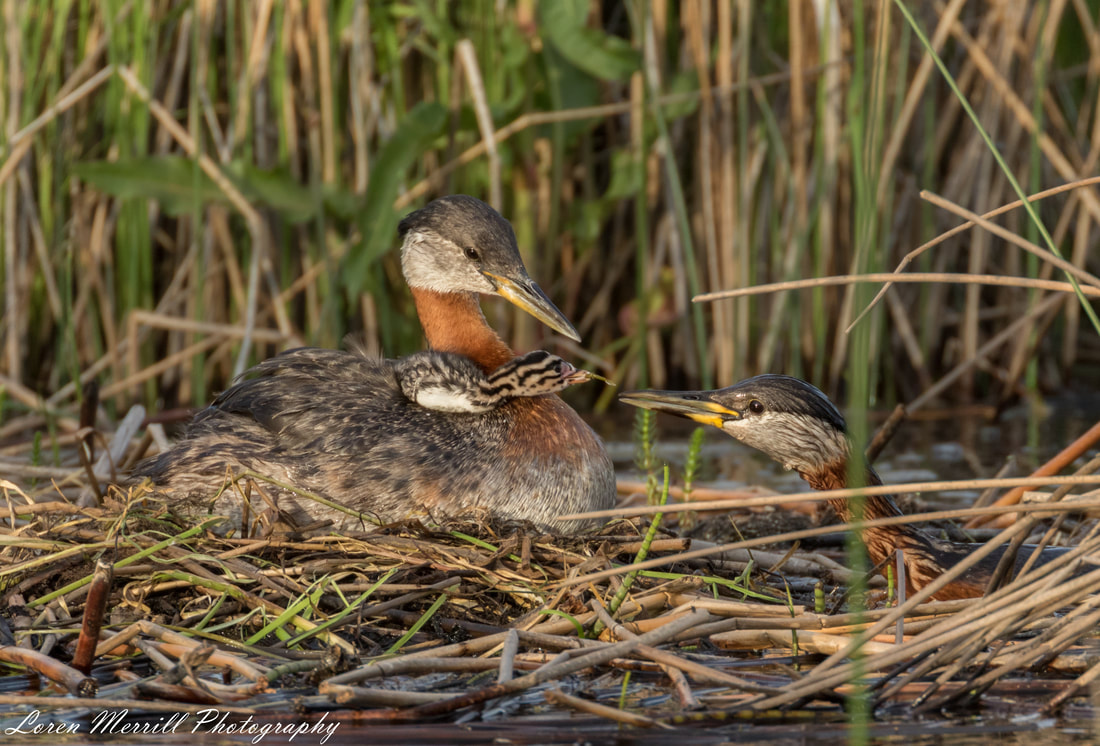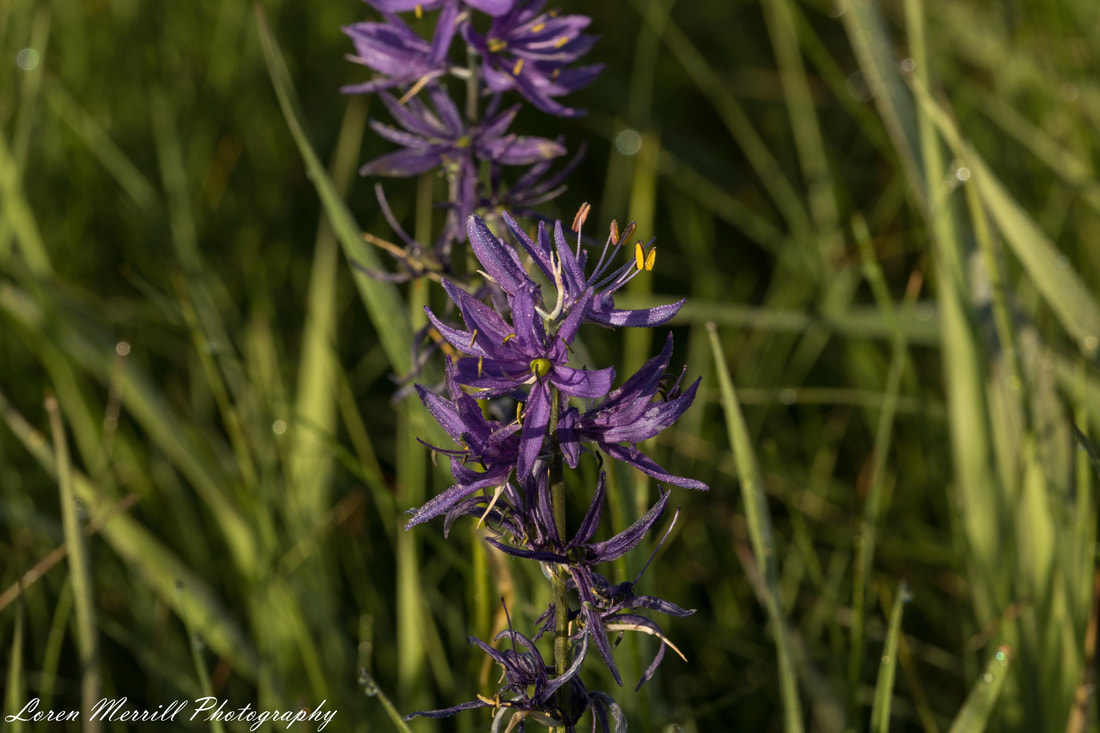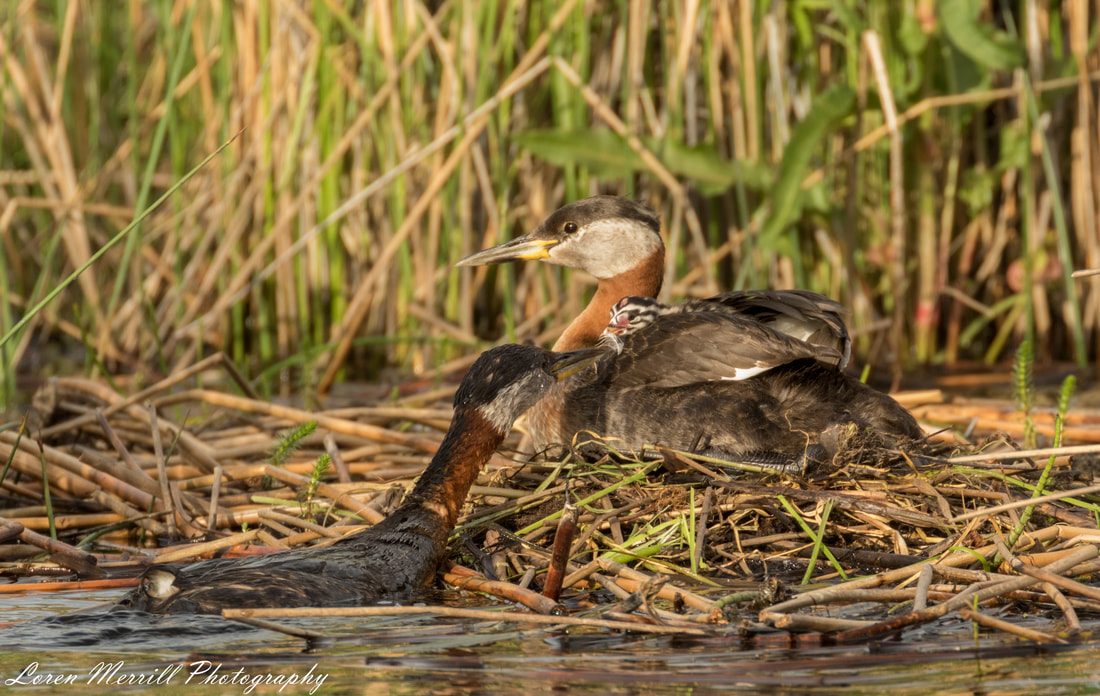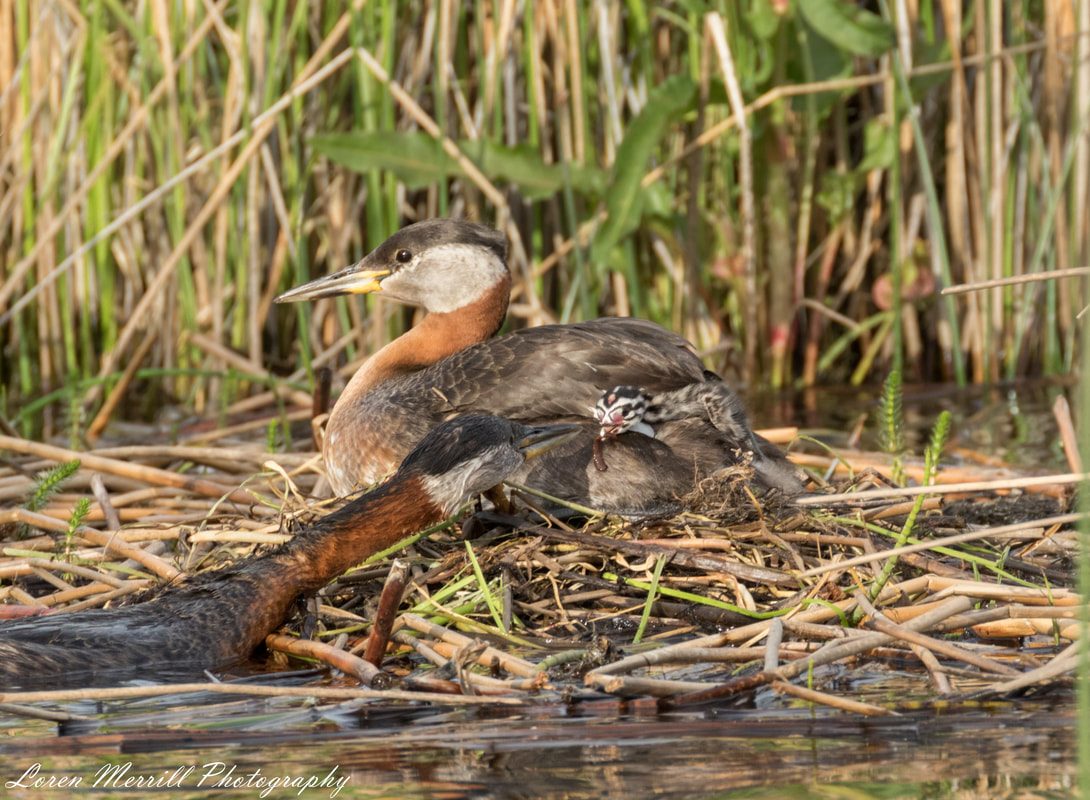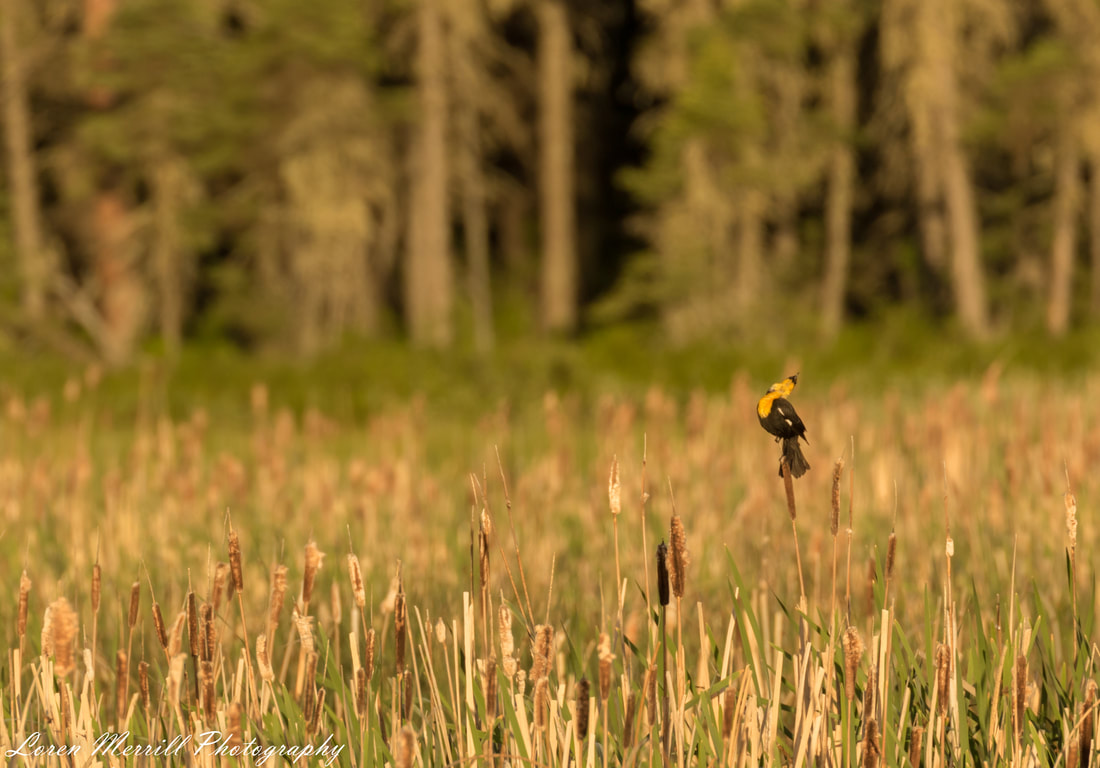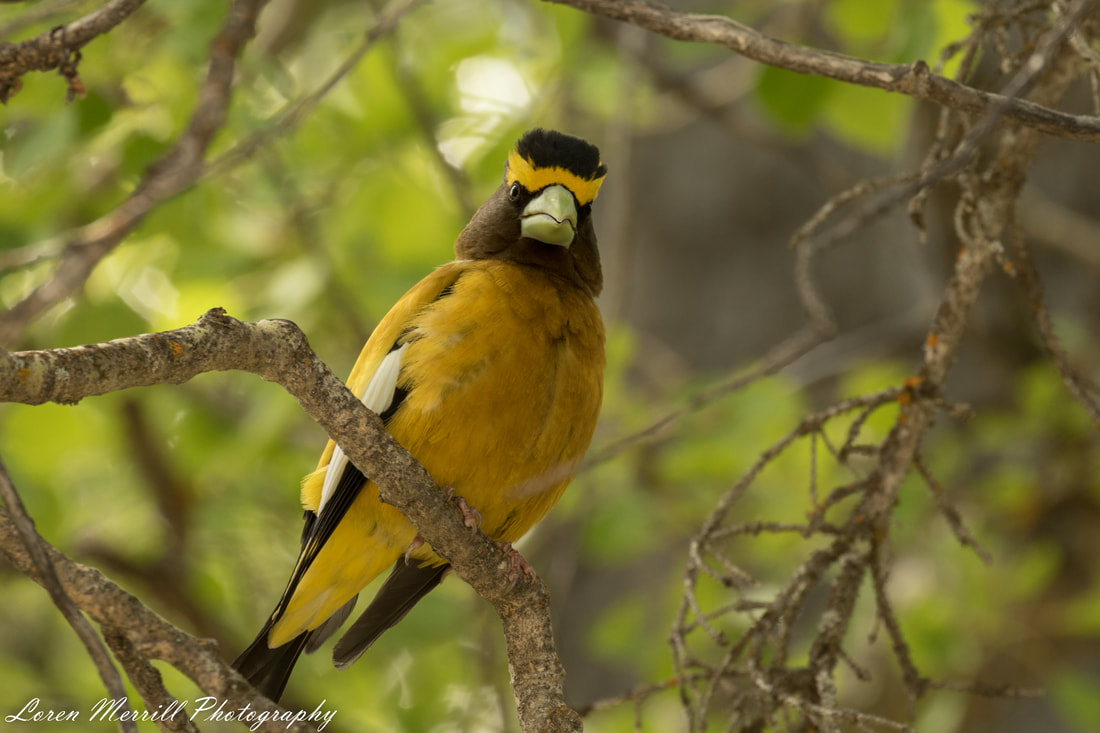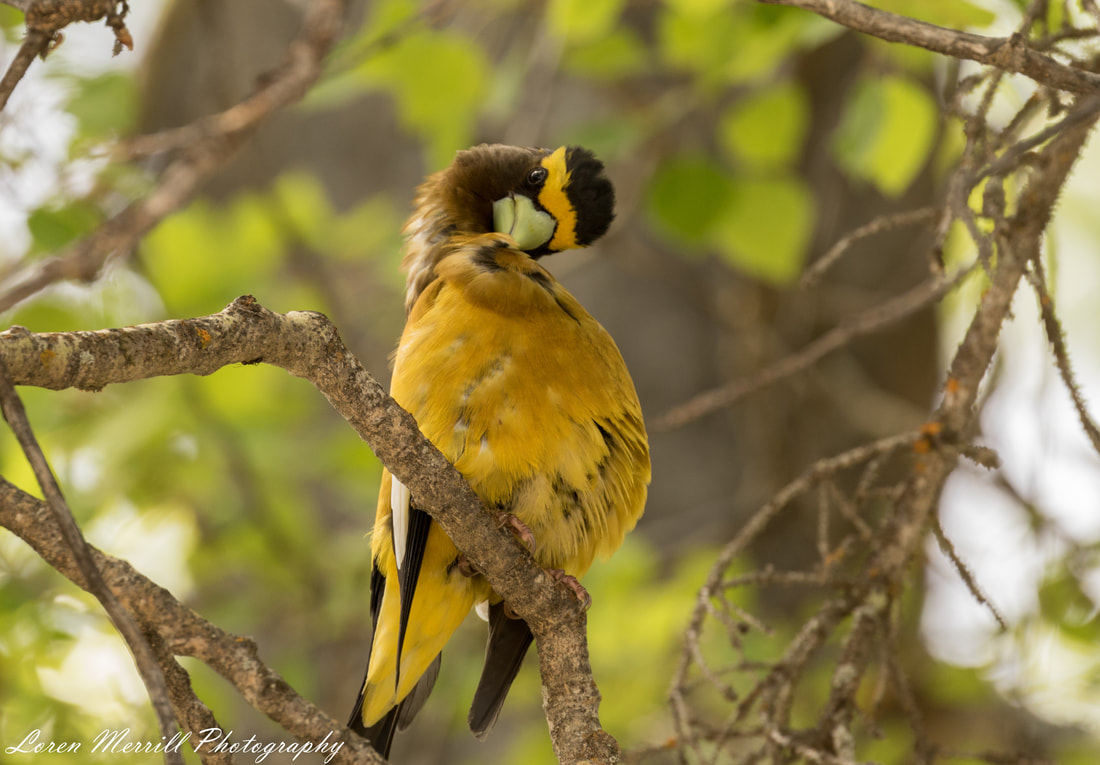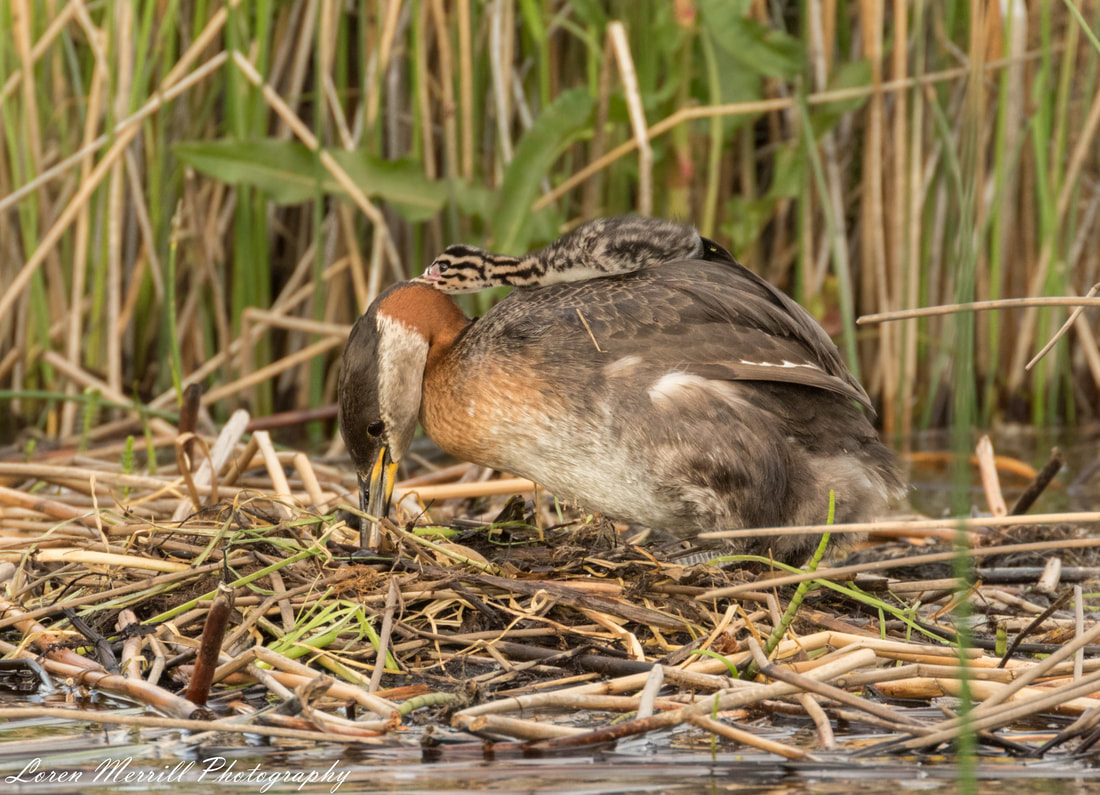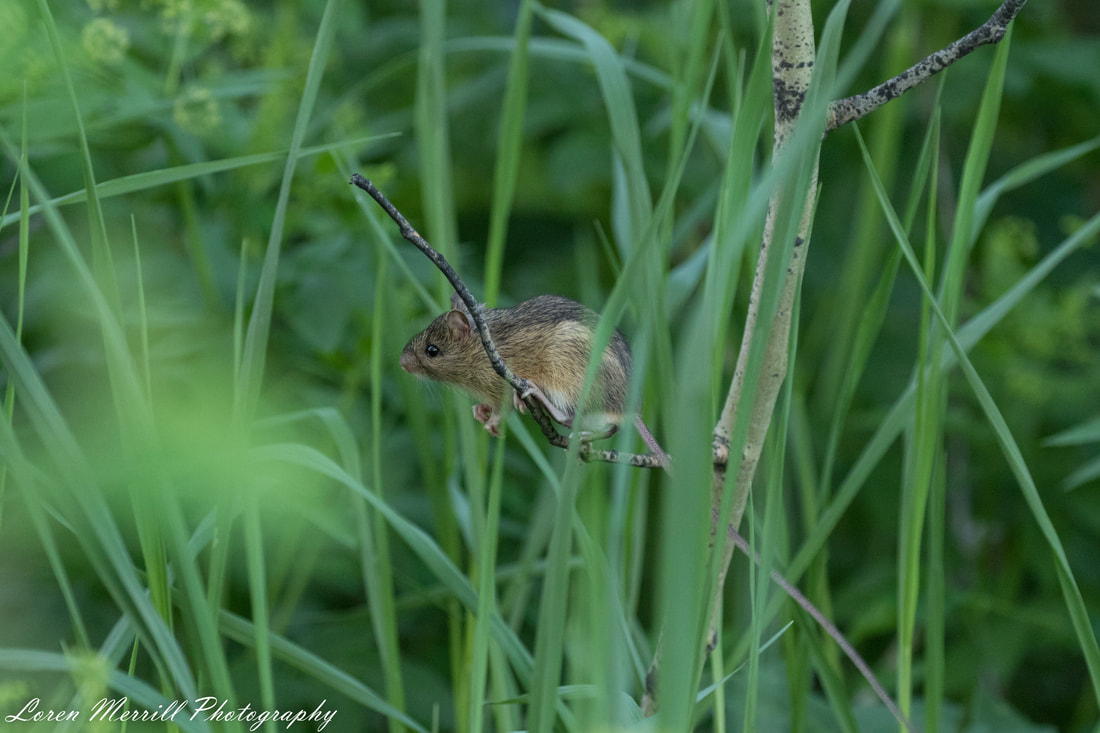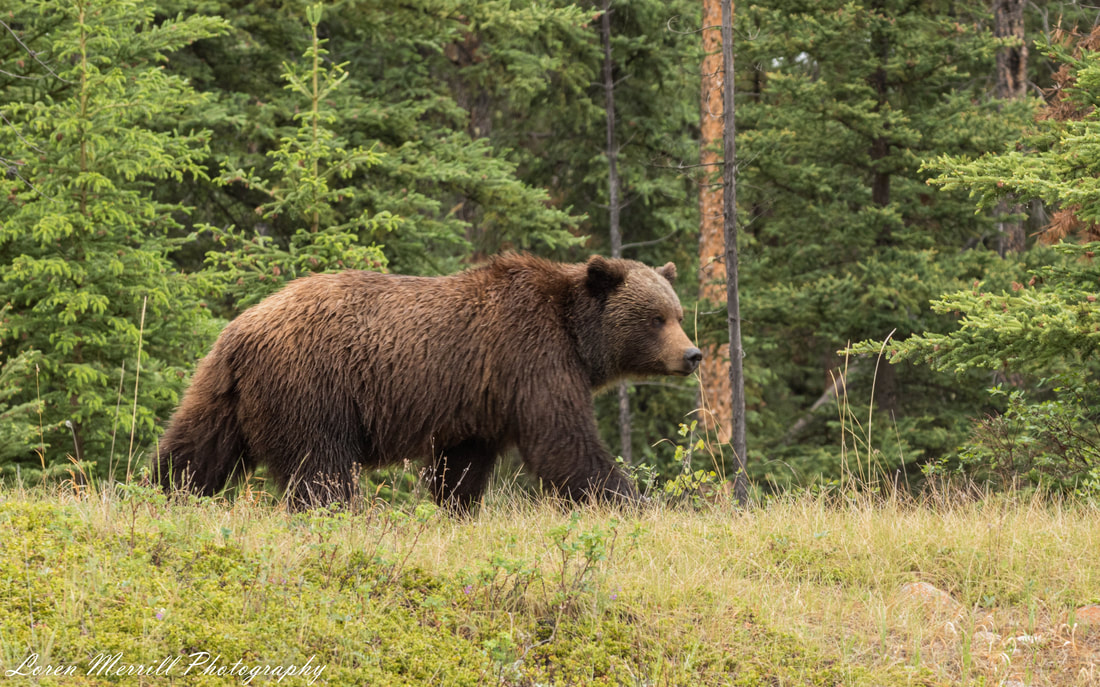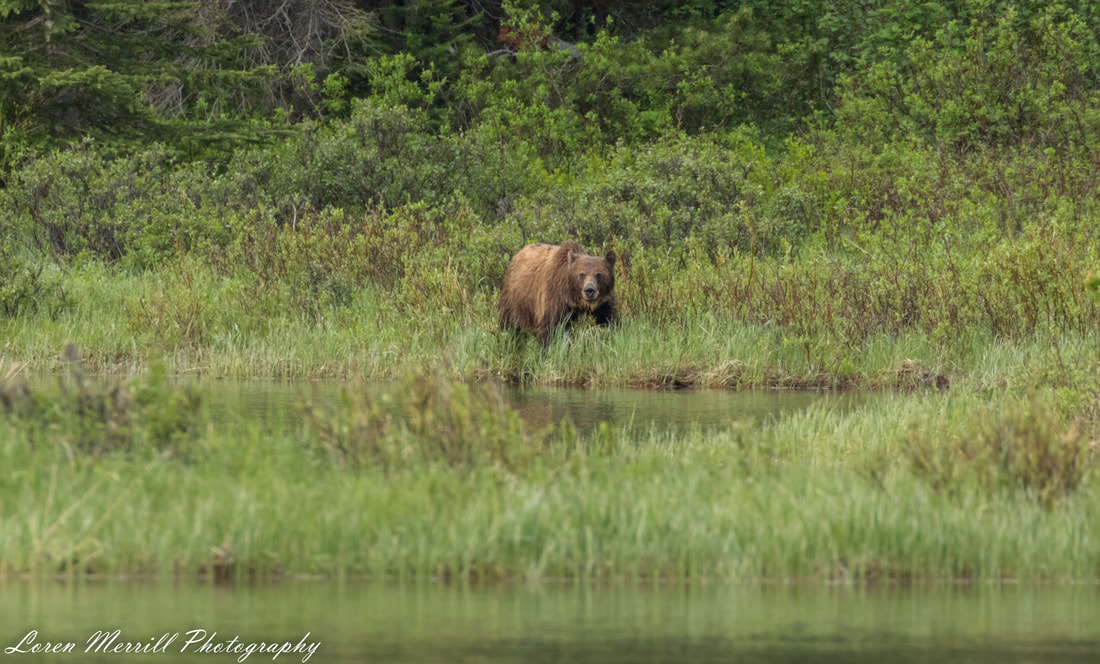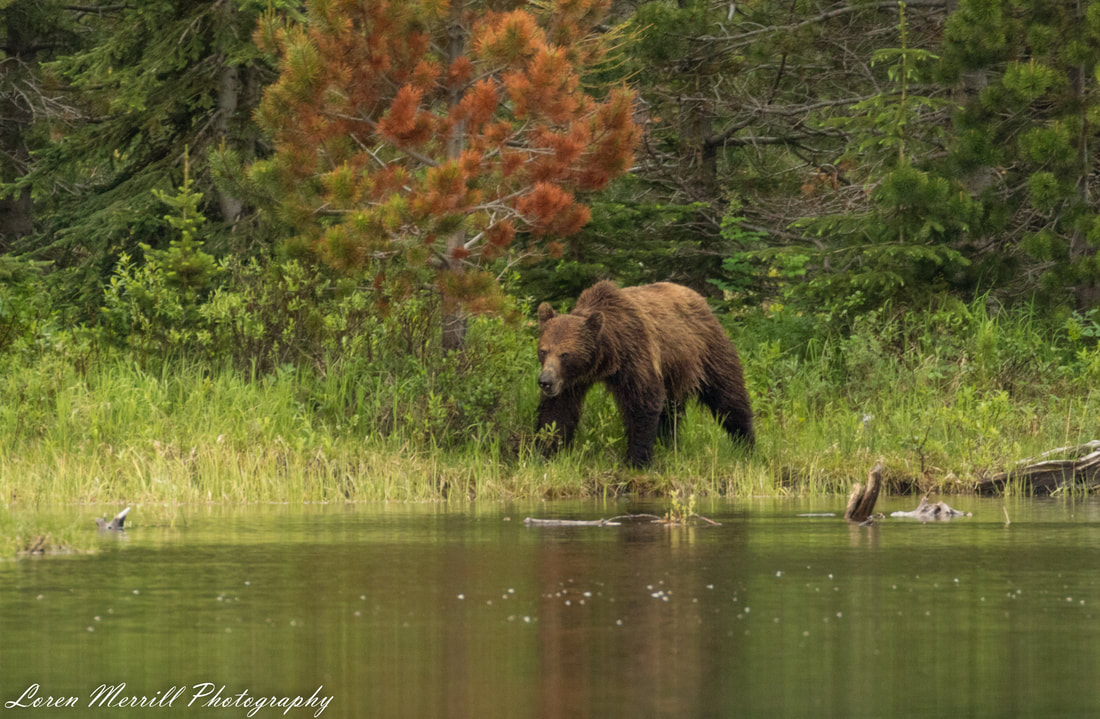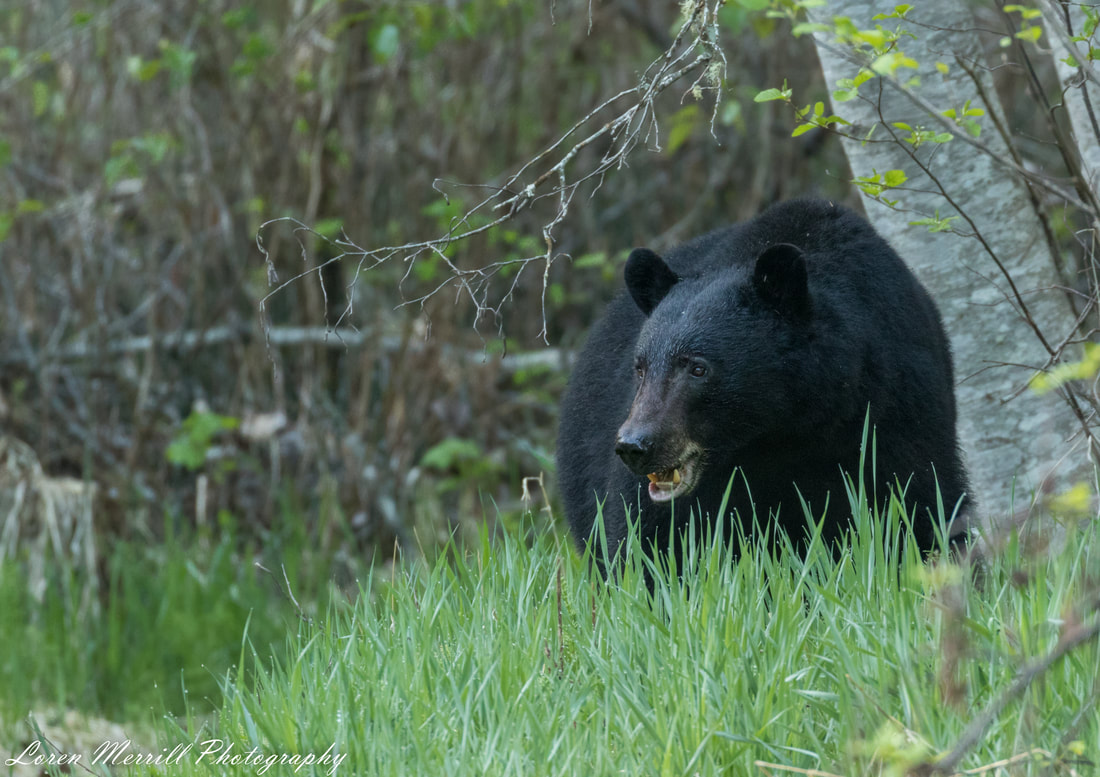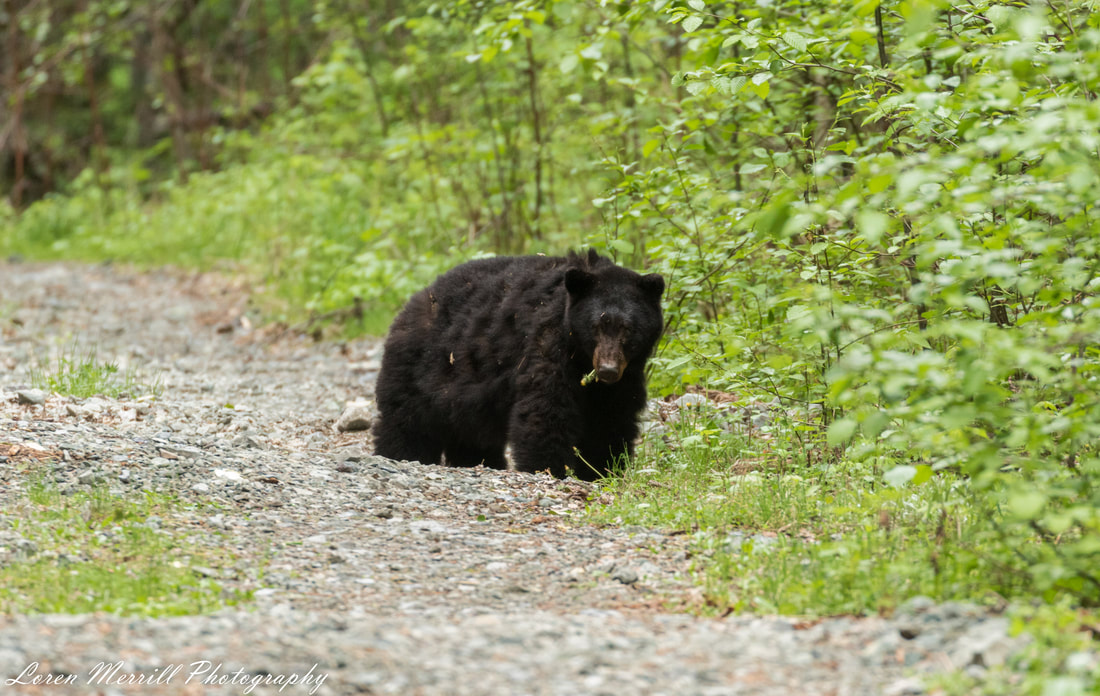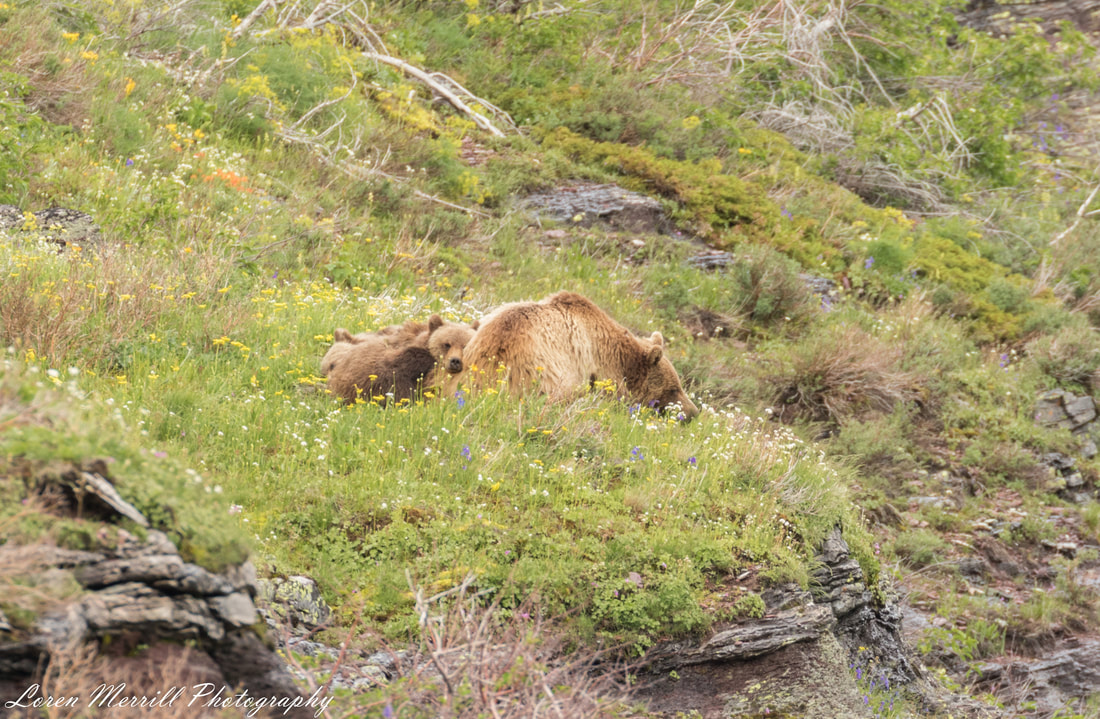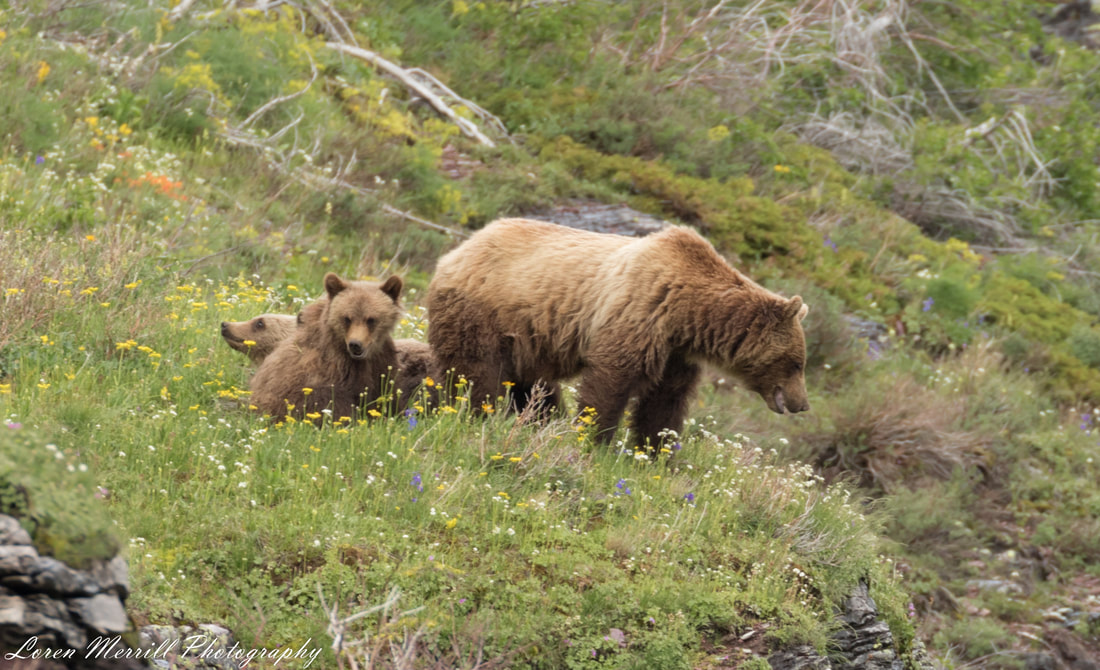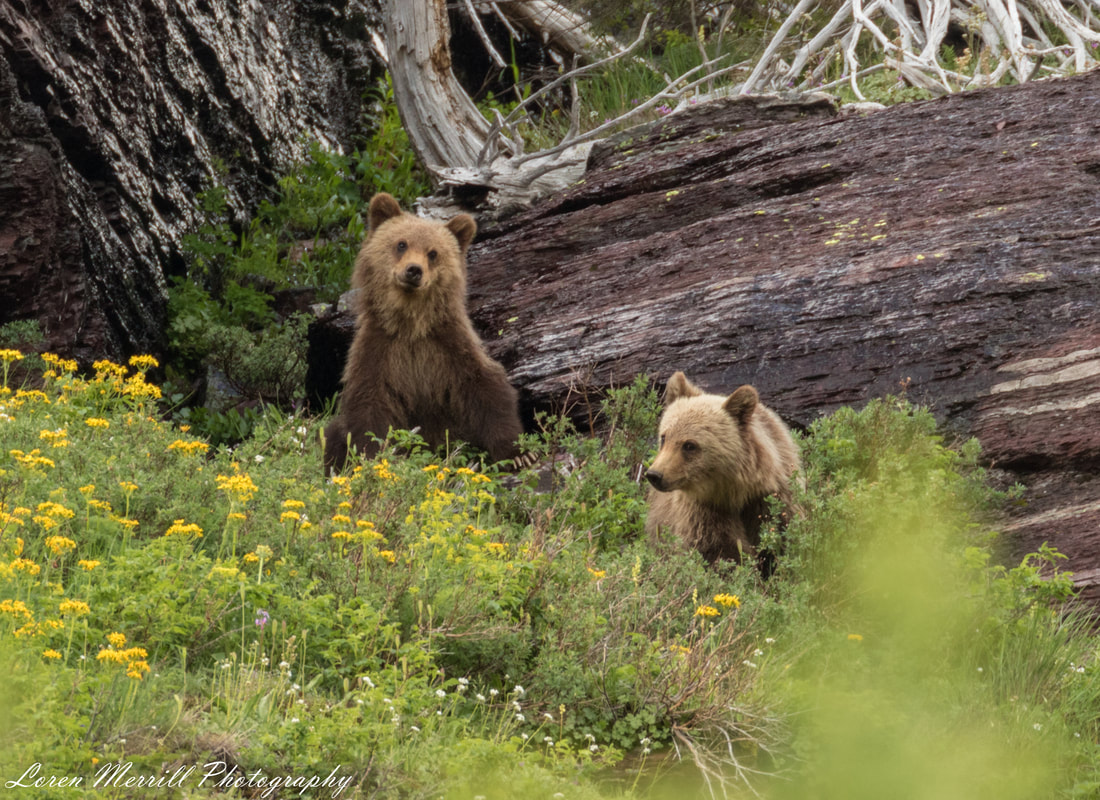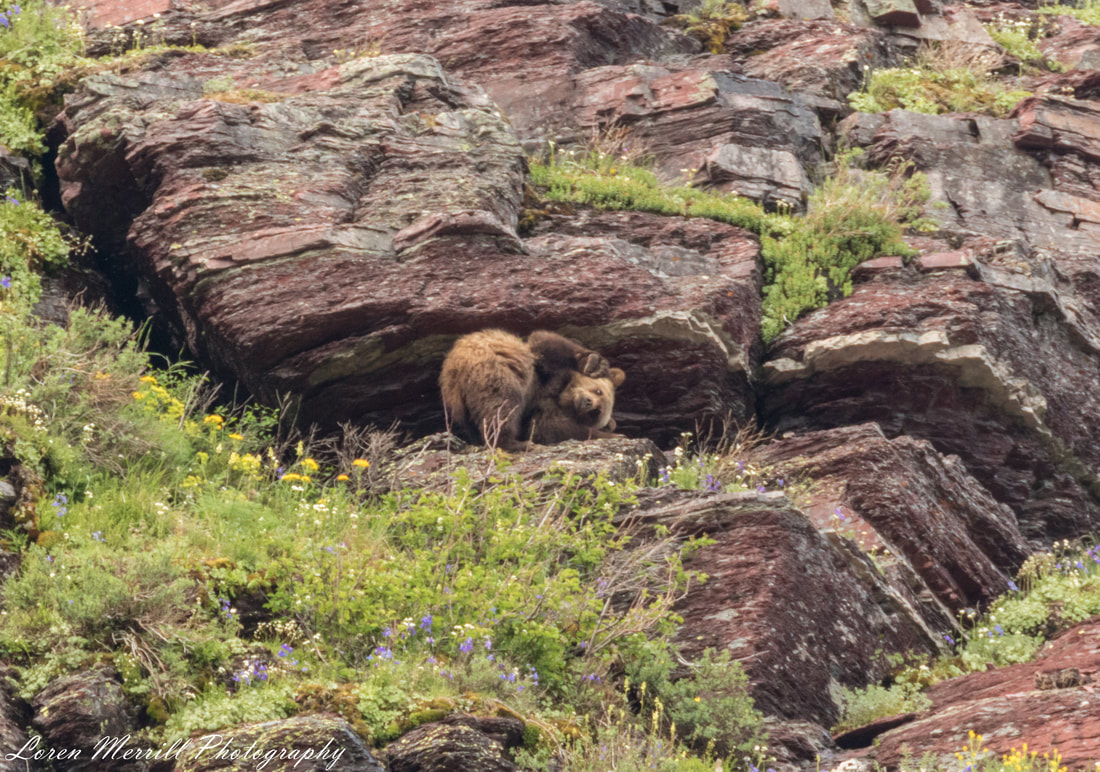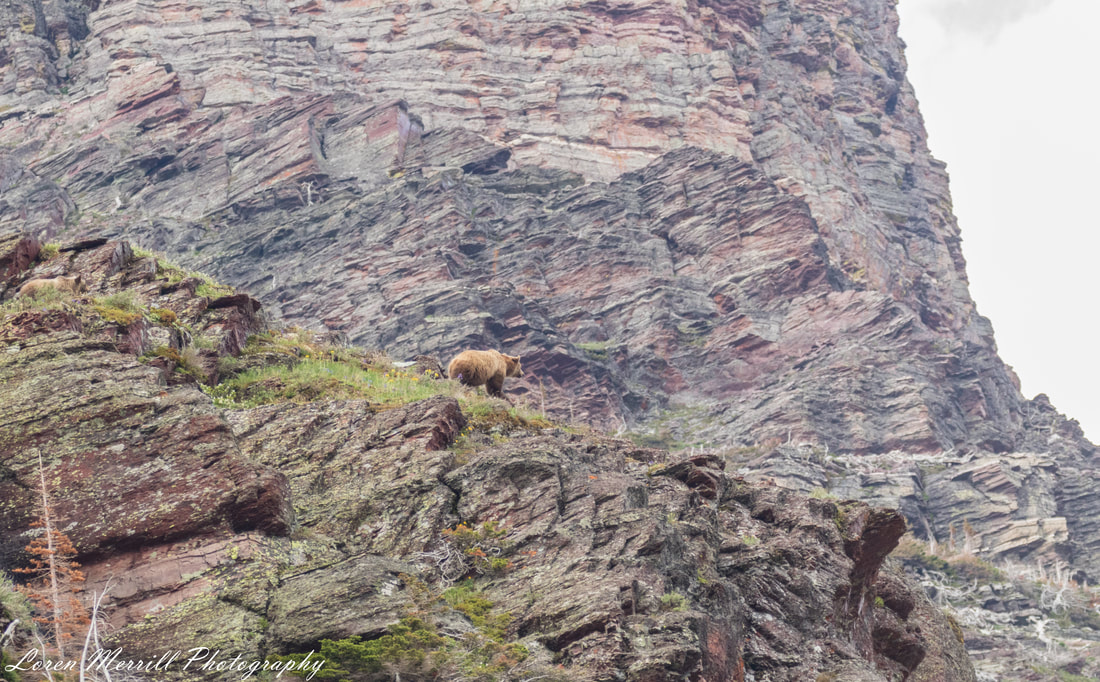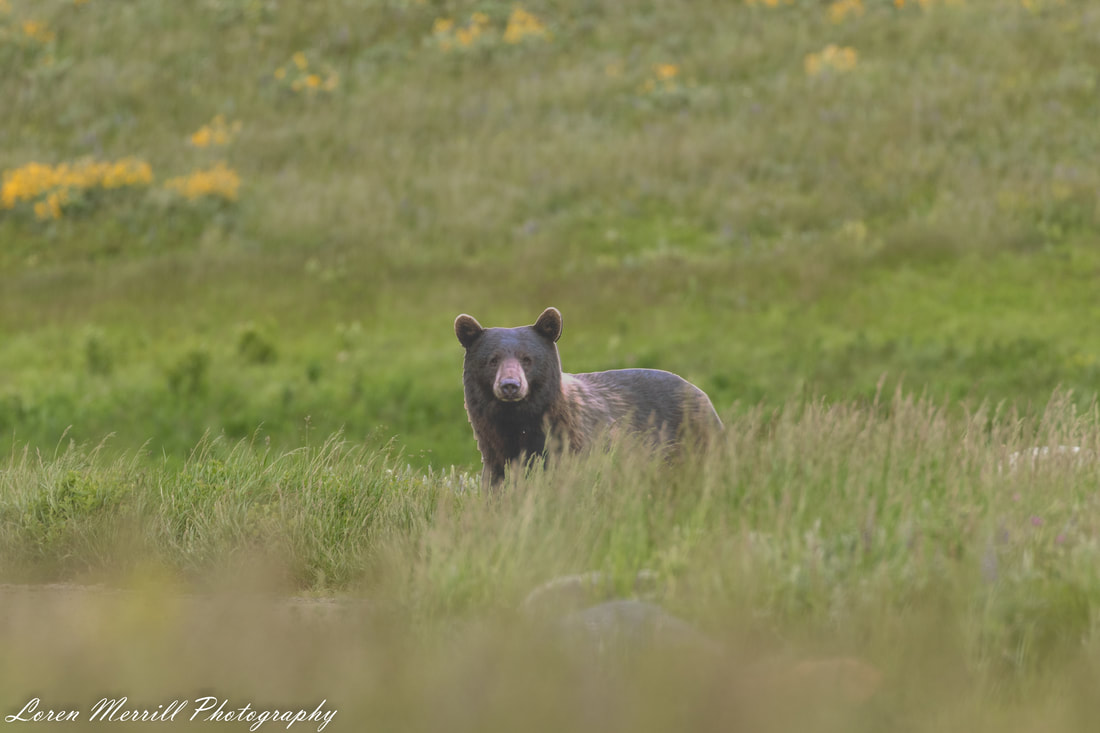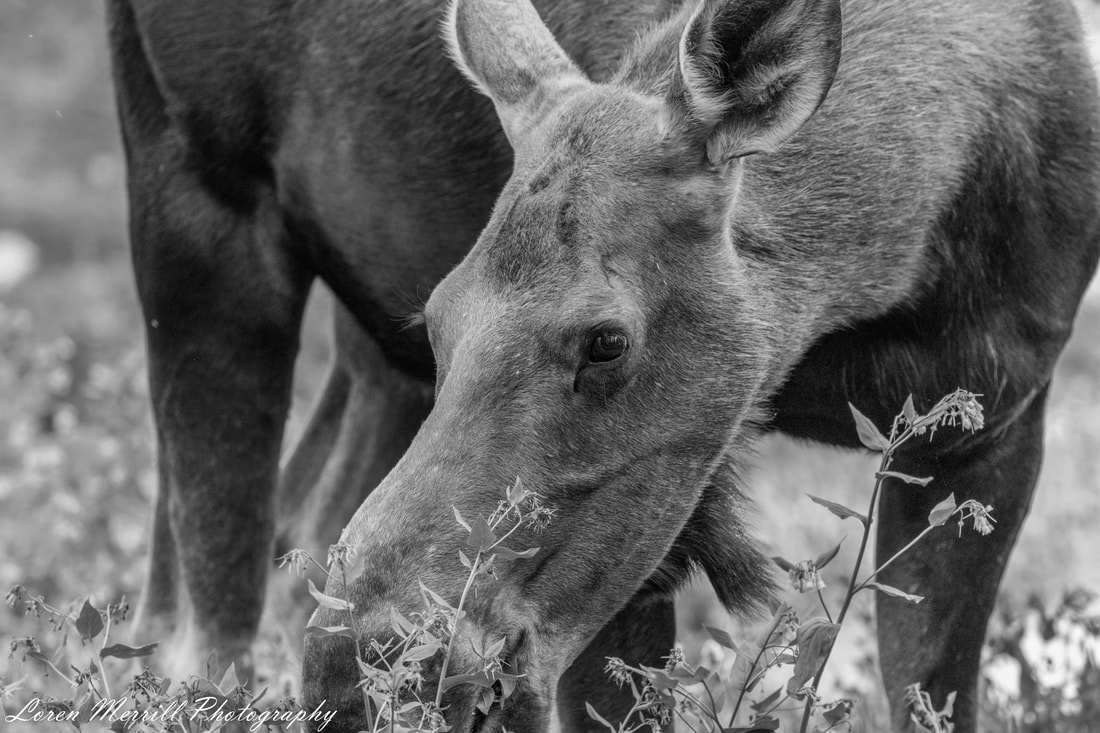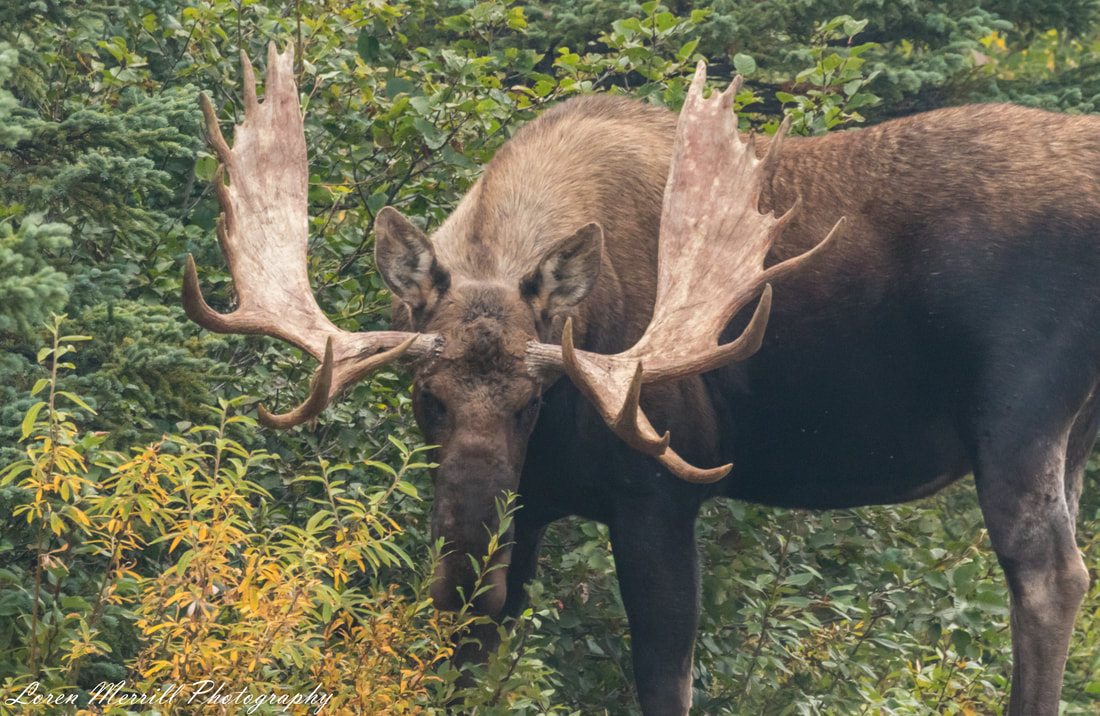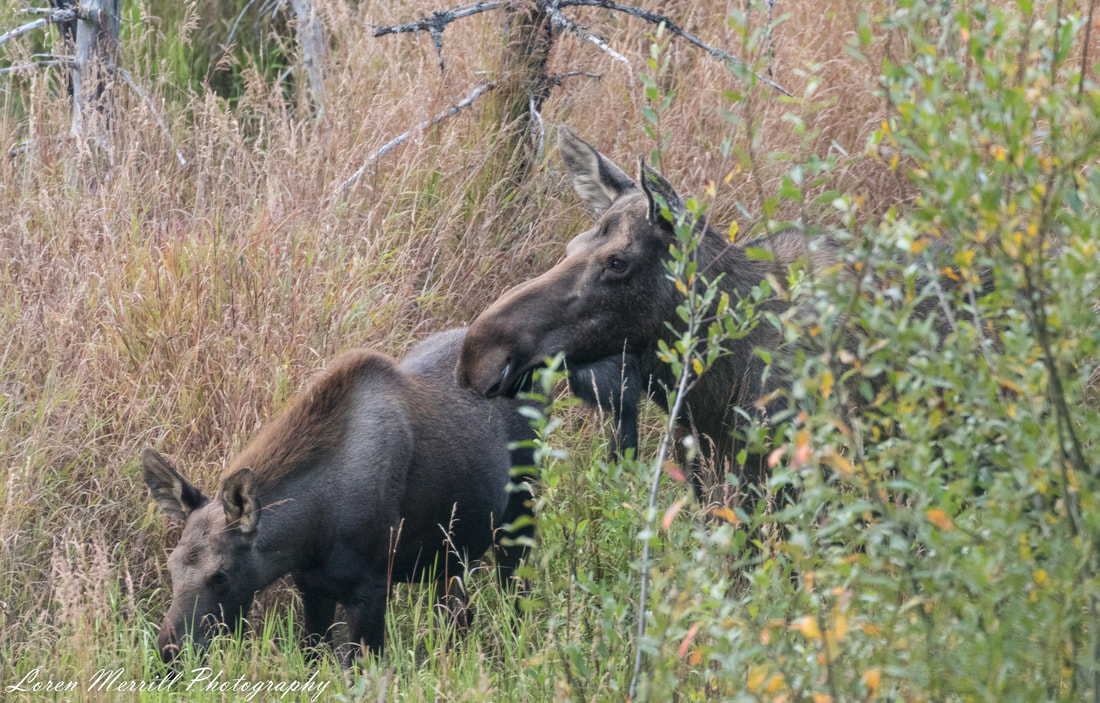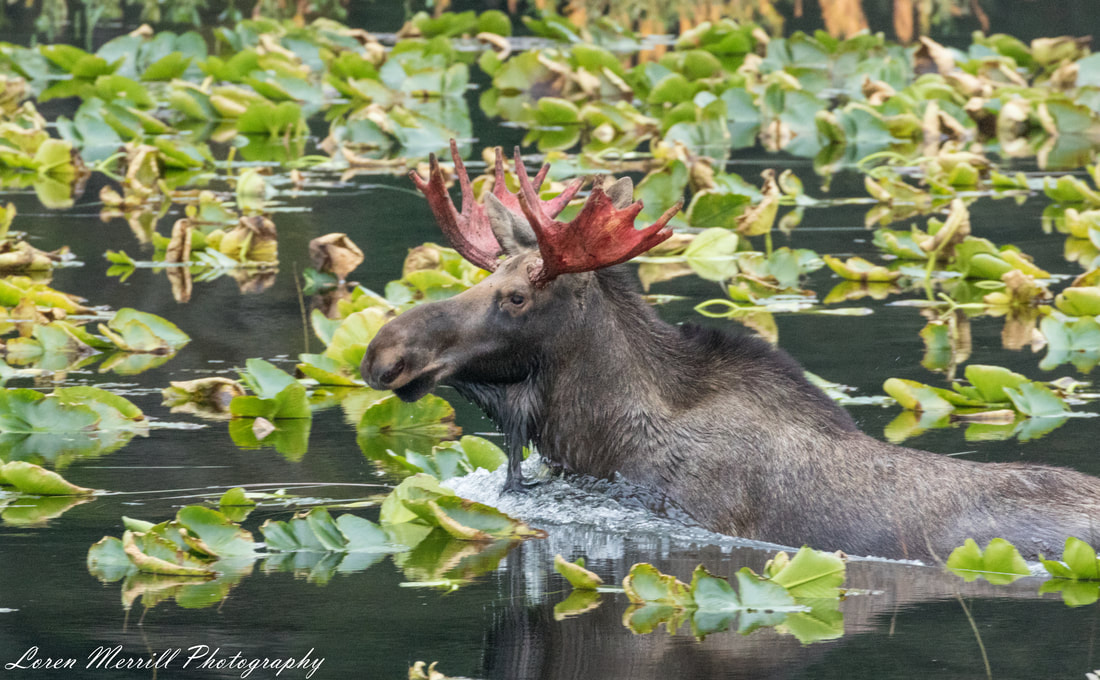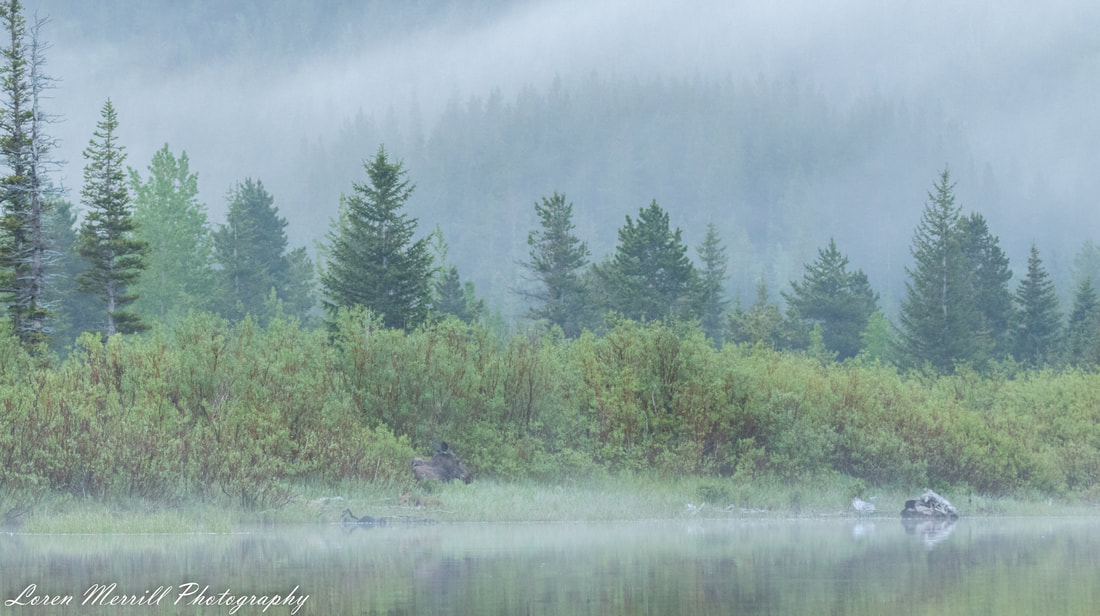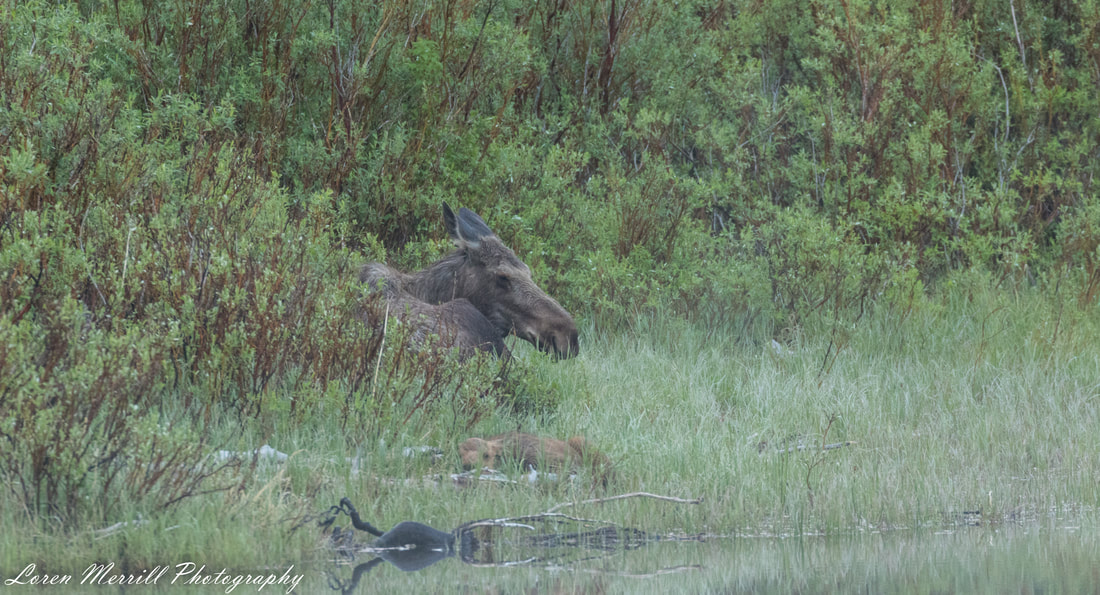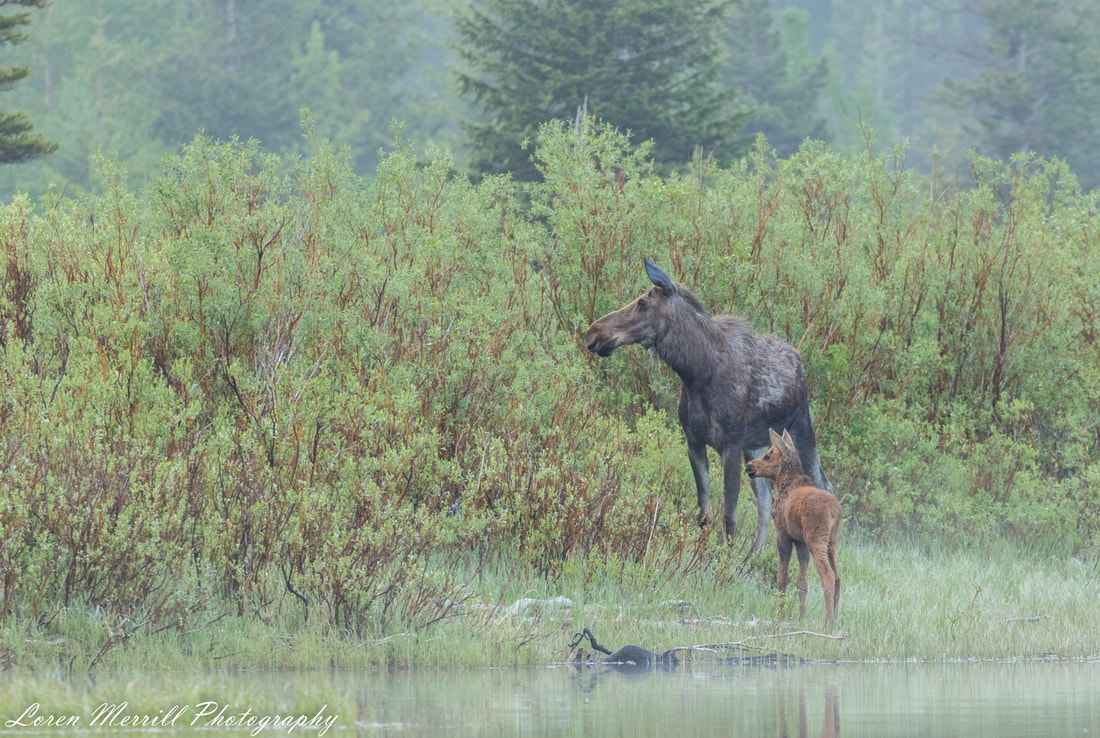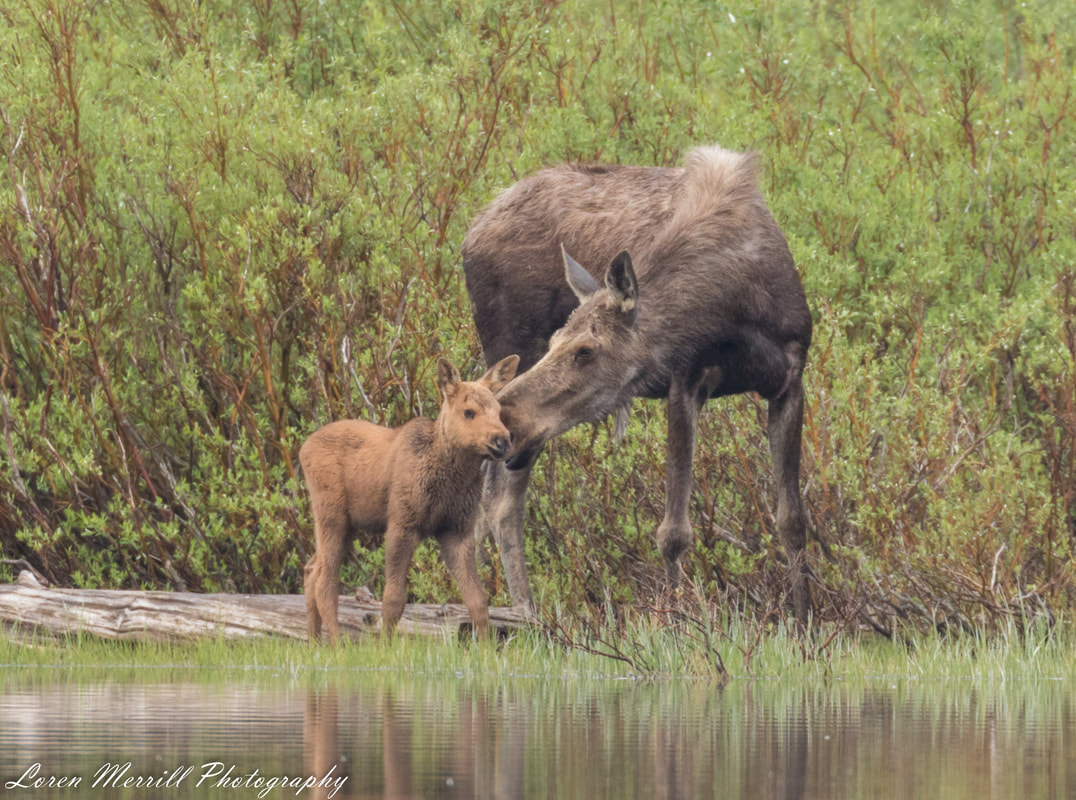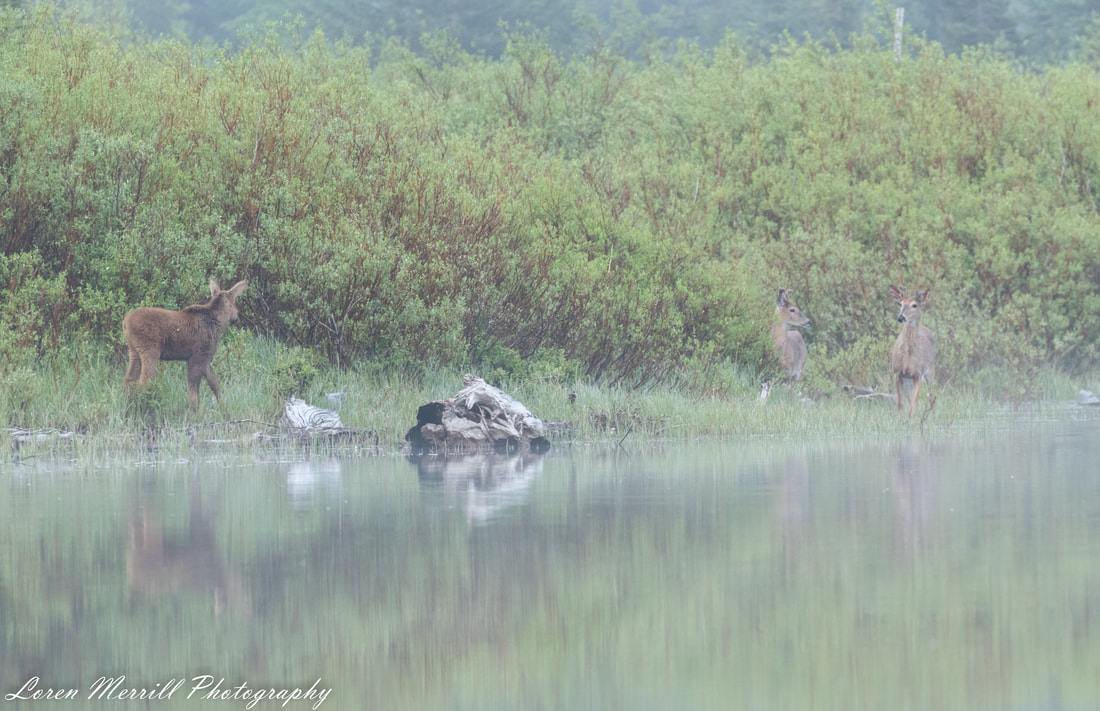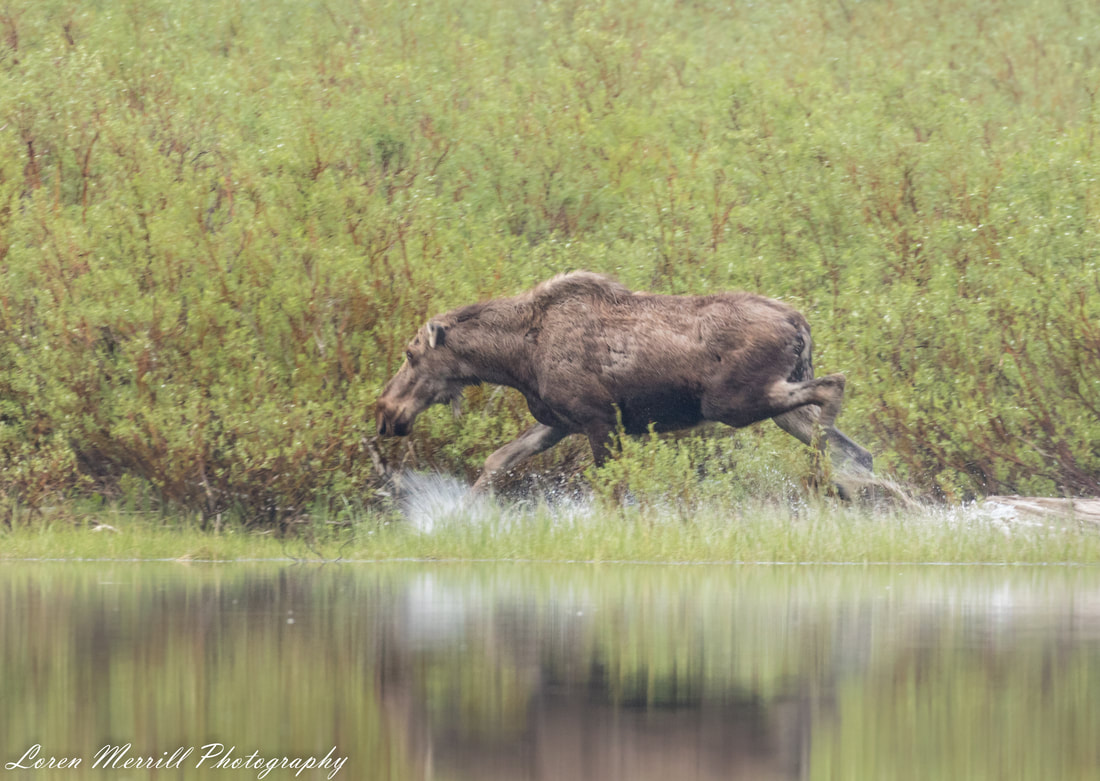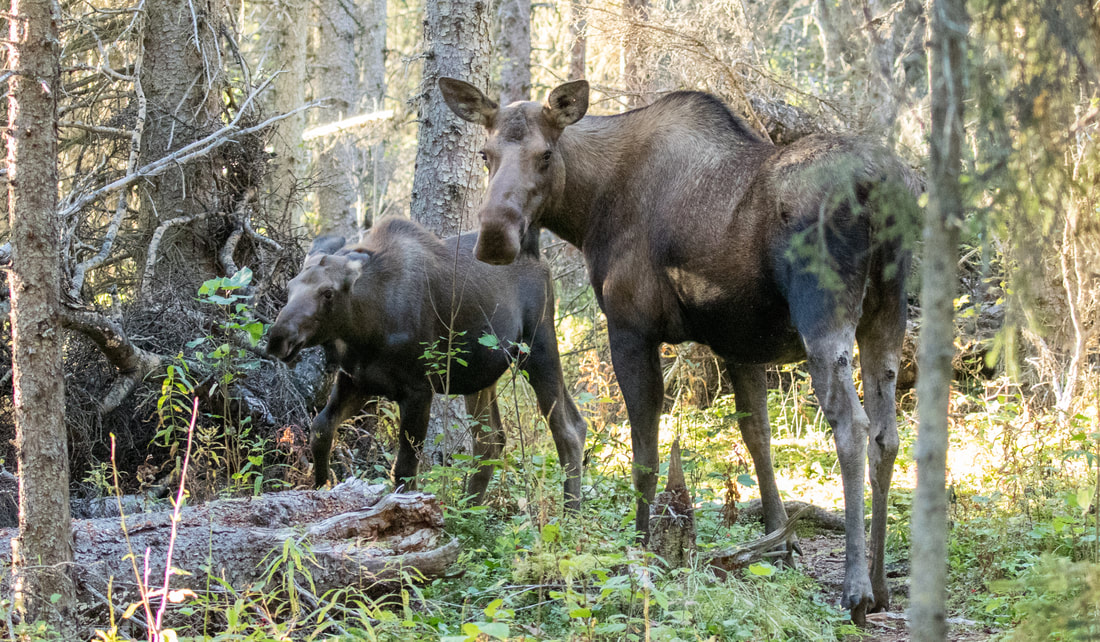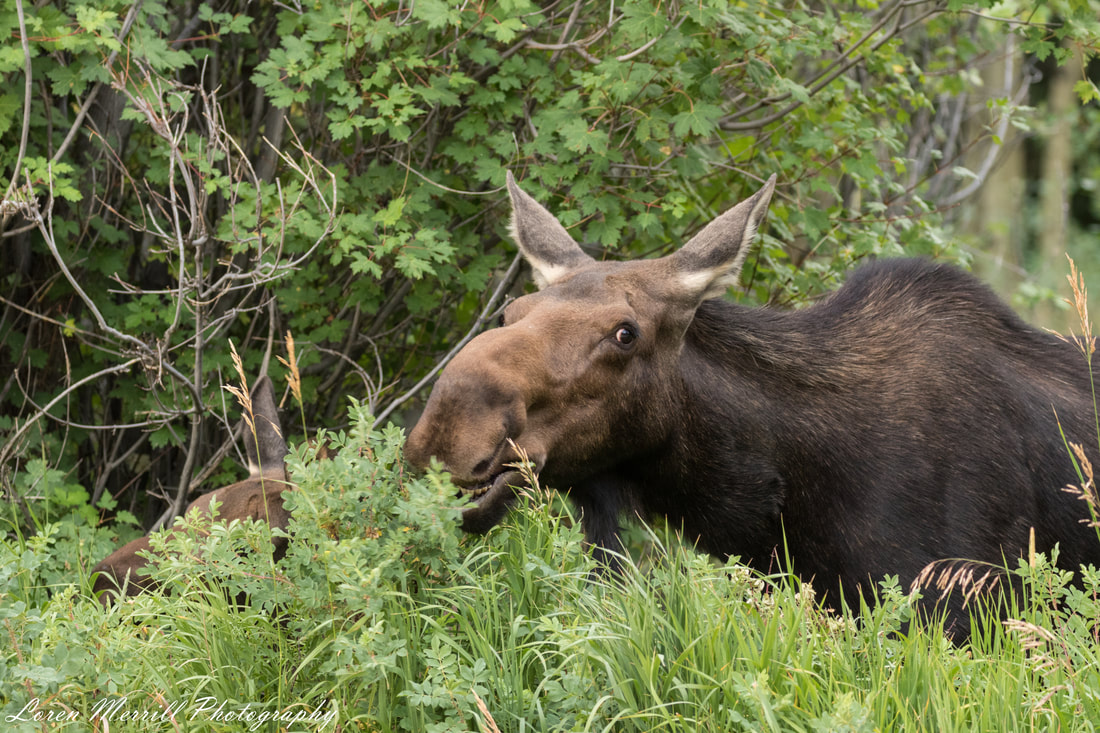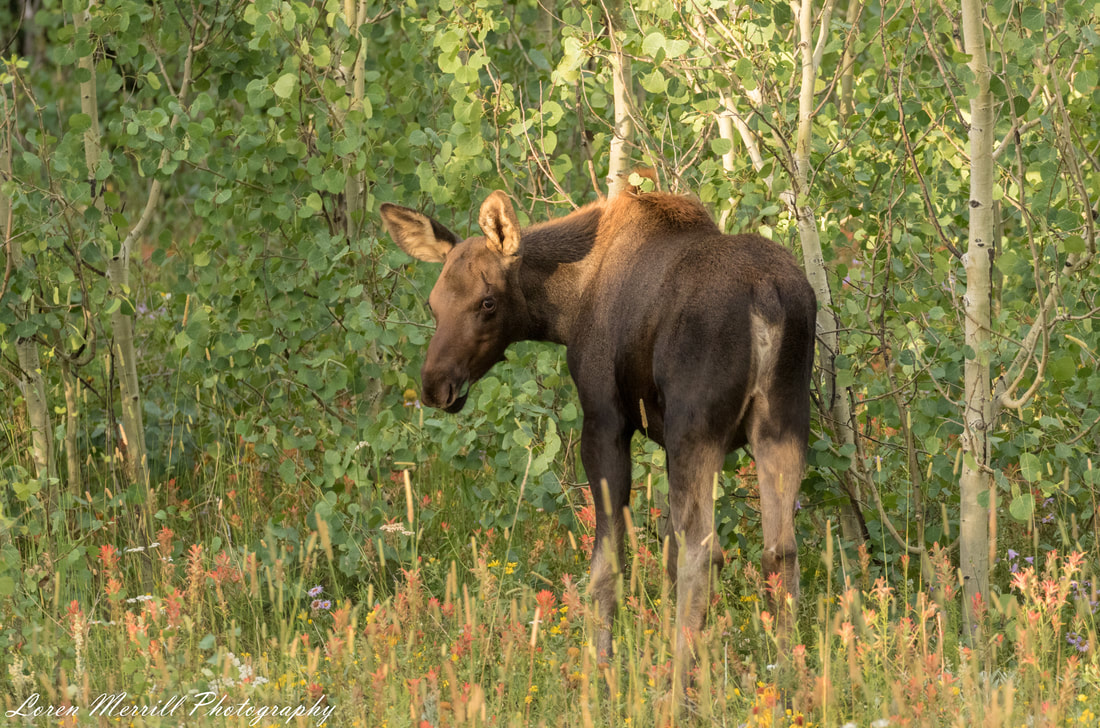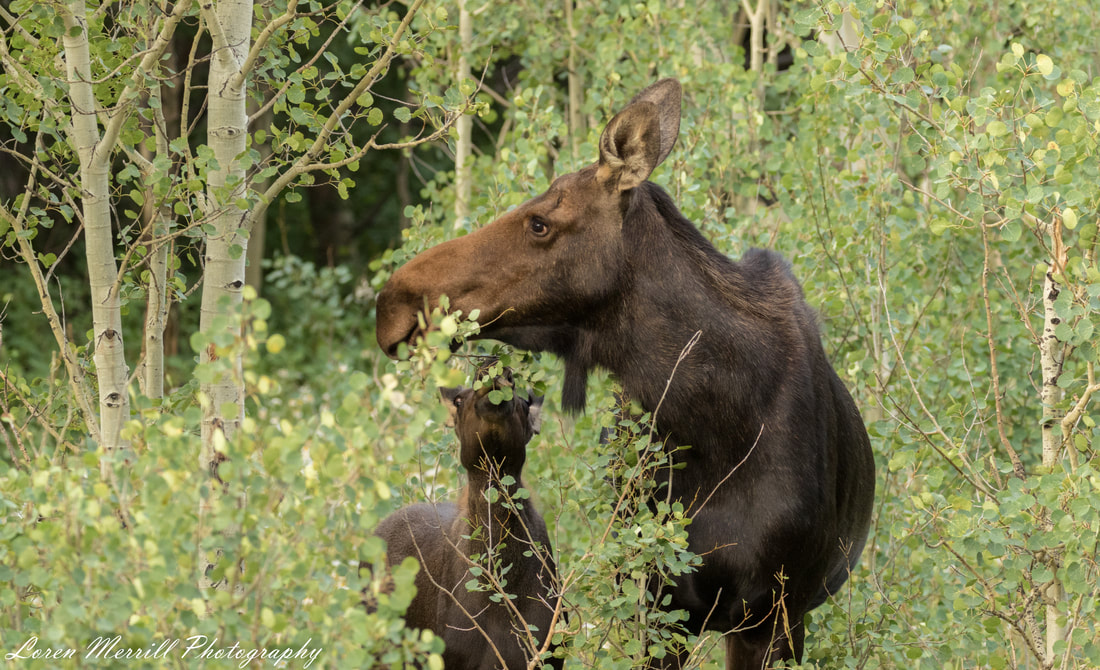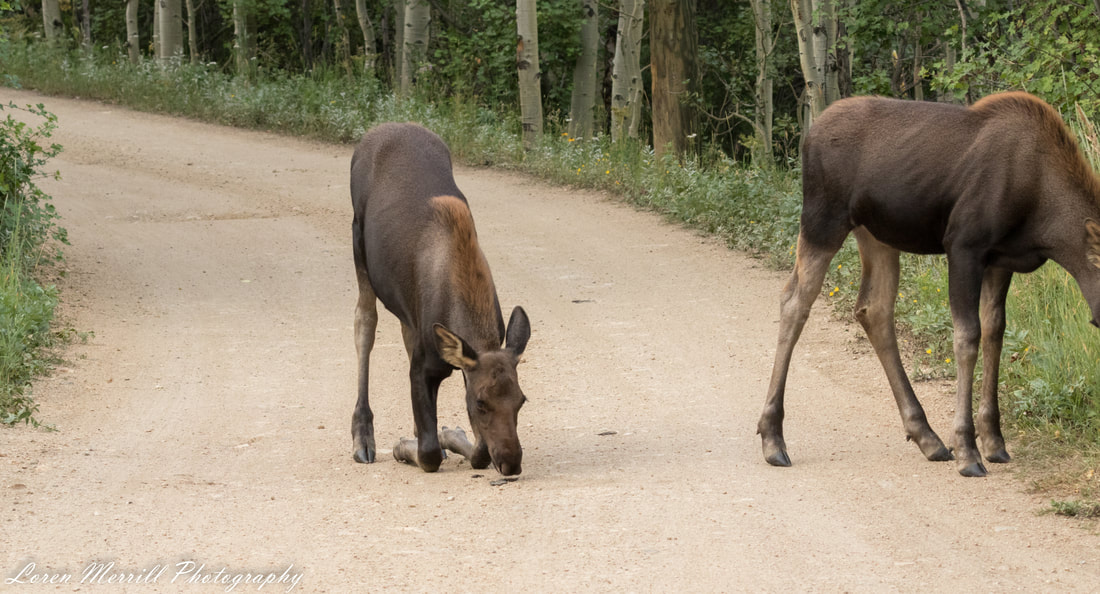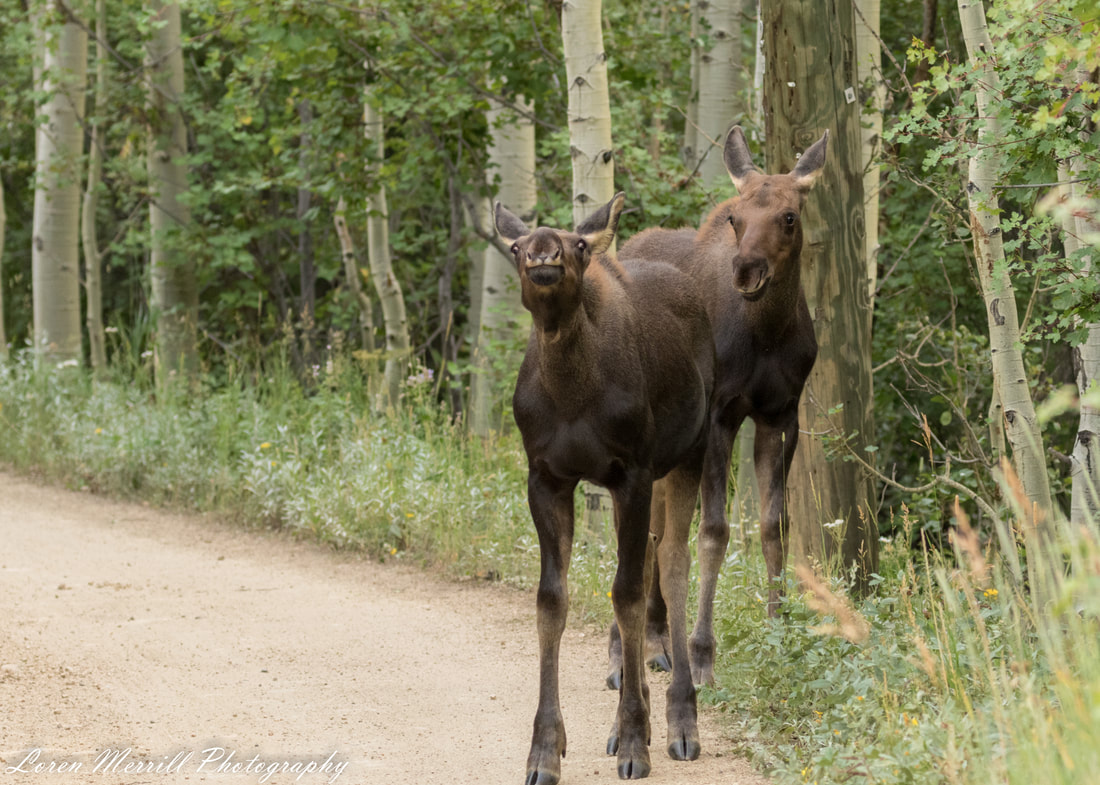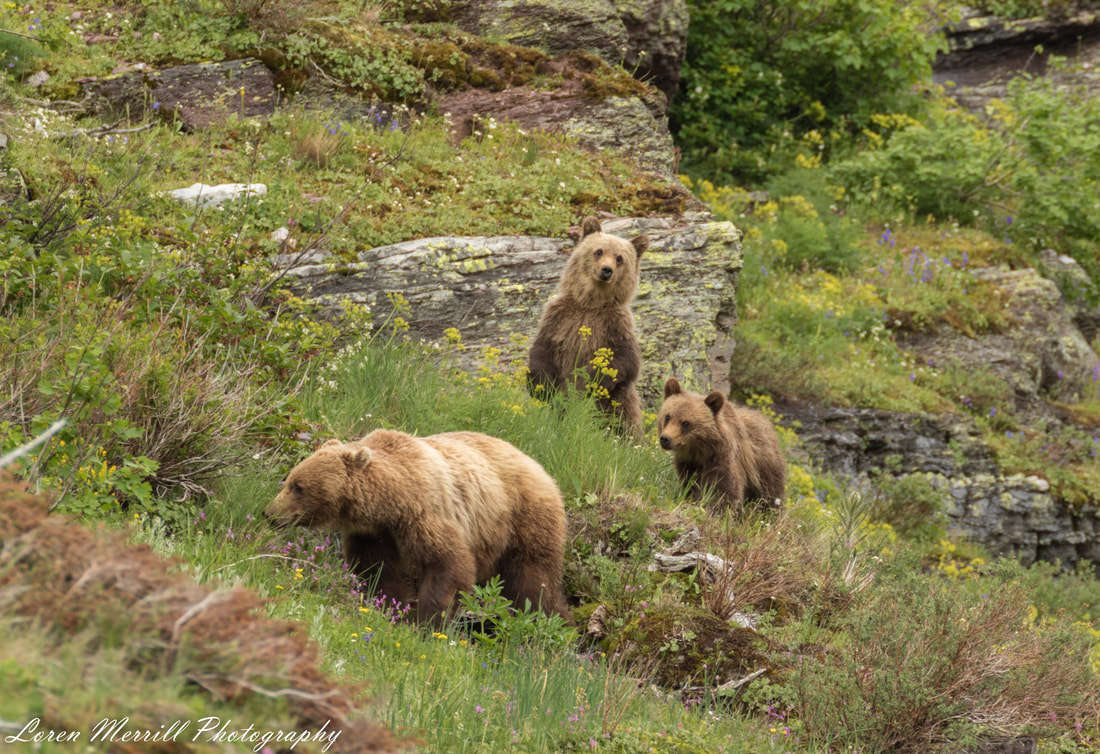|
If you’ve never seen a bird try to swallow something bigger than its head, it can be hard to imagine how such a feat would be possible. Just think about yourself for a moment; could you swallow something as big as a football? Unlikely. And remember that birds don’t have teeth, so there’s no chewing involved. What they do have (some species anyway) are remarkably elastic jaws and throats, and while in British Columbia, we witnessed the amazing stretch-act performed by the glaucous-winged gull. Gulls will eat just about anything, but they truly adore sea-stars; they almost seem to savor the experience of eating them. In much the same way that a person will let a piece of chocolate melt in their mouth, a gull will often sit on the beach with part (or even most) of a sea-star sticking out of its bill for over an hour. Very slowly, the sea-star disappears down the gull’s gullet until all that remains is a giant bulge in the gull’s throat. Gulls are notorious for swallowing large items, but one of the most impressive swallowing acts I can recall was performed by an American bittern that showed up in our backyard in Illinois in spring 2018. American bitterns are medium-sized members of the heron family (Ardeidae) and are generally considered to be among the most cryptic of North American birds. These secretive waders usually reside in wetlands where their striped tan and black plumage helps them blend in with long reeds and grasses. When they sense danger, they will often stand erect with their bill pointed upwards so as to more fully mimic the vegetation around them. It was therefore a bit of a shock when I went onto our balcony on an early-spring morning and noticed one standing at the edge of the retention pond behind our apartment. In and of itself this might not have been unusual as bitterns migrate through that area in the spring, but our pond had no emergent vegetation, which left the bittern without its customary cover. There was a patch of scrubby trees clustered at the edge of the pond, and when a neighbor went out with her dog, the bittern stalked into the patch of trees and vanished into the shadows. The bittern remained in hiding until long after the threat had passed, and then crept back to the water. The pond had a reasonably large population of smallmouth bass and bluegill sunfish, but the spring had been quite cool, and the cold water temperatures meant that most of the fish were still in deeper sections of the pond. I watched the bittern stalk its way around the edge of the pond at a glacial pace before I had to leave for work. I thought that would be the end of our backyard bittern adventures, but to my surprise, the bittern stuck around for days. I would go out onto the balcony to find the bittern in various states of hunting or hiding. Sometimes the bittern would be out in the water up to its belly, frozen in a pre-strike pose, while other times it would simply be standing on the shore looking dour. The bittern attracted a fair bit of attention from the locals while it was there. A belted kingfisher spent part of a morning perched above to the bittern, presumably hoping that the bittern’s activities would spook some fish out of hiding that it would then be able to dive in after. One of the resident Cooper’s hawks seemed to take offense at the bittern’s presence, and gave it a warning fly-by, buzzing right over the bittern’s head. I wondered at the bittern’s prolonged stay; there didn’t appear to be much in the way of available food, the pond lacked good cover, and the bittern was exposed to semi-frequent disturbances from the neighbors, both human and animal alike. But the bittern’s persistence paid off, and one morning when I went to look for the bird, I found it with an enormous bullfrog in its bill. The frogs had recently emerged from their period of winter estivation under the mud, and on sunny days could be seen basking on the banks of the pond. The continuing cool temps likely made them sluggish, however, and potentially easier targets for a hungry predator like the bittern. Upon being seized, the bullfrog had employed its best defense against predators that cannot chew; it gulped in air and inflated its body like a balloon. From my vantage point, it looked like a winning strategy. I watched the bittern maneuver the frog-balloon around, trying to get it positioned so that it could swallow the puffed-up amphibian, but every time it attempted to get the frog into its mouth, the inflated air sacs precluded the bittern from getting anything more than the head in. Unfortunately for the frog, the bittern’s hunger had endowed it with an elevated sense of determination, and it began to implement a slow and slightly gruesome plan for overcoming the frog’s defense. Without going into too much detail, the plan consisted of battering the frog around and trying to puncture it with its bill. Occasionally it would dunk the frog in the water to lubricate it before trying to gulp it down, but this didn’t seem to help. After 45 minutes of this tactic, I could see that the frog had deflated somewhat, and looked to be punctured in a couple of places. Still the bittern was having trouble; it would flip the frog’s hind quarters towards the sky to enlist gravity’s help. Finally, it all came together for the bittern, and the large (and now dead) frog disappeared down the bird’s throat. The bird chased the meal with a couple sips of water, and then walked to the edge of the trees to digest its large meal in peace. Within a day or so the bittern had moved on, presumably happy to continue its migration northward with the energy derived from the bullfrog. In the five years we lived at that location, that was the only bittern I had seen or heard, but it was not the only amazing biological phenomenon I was privileged to observe from our balcony. Despite living in a large development and having a massive interstate highway pass a few hundred feet from our place, our backyard was a constant source of natural wonderment. In those five years, I published three scientific articles based on observations I made from the balcony. In fact, the idea for this blog was born of those experiences and was going to be called The View from the Balcony. While we lived there, I would sit out on the balcony in the morning with my cup of coffee and watch the natural rhythms of the pond unfold below me. In the last post I mentioned one of the papers that emerged from those observations (the grebes foraging on land), but another balcony publication came together over a much longer time-frame. That paper arose from observations made two years apart and involved another member of the heron family—the green heron. The green heron is the second smallest heron in the US (standing only 17 inches tall), but it has achieved very large stature in the bird world because it is one of the few avian species to routinely demonstrate tool-use. Green herons will use pieces of vegetation or, when available, bread crumbs, to lure fish in to striking distance. I also watched one individual hang practically upside-down from a branch, coiled in a striking pose, and wait for a fish to swim underneath it. When a fish swam close enough, the heron plunged its head into the water, grabbed the fish, and was then able to right itself onto the branch to swallow it. Green herons were common visitors to our pond, and between May and September one or more of these diminutive waders could be found creeping along the perimeter of the pond or perched in one of the trees overhanging the pond. One particularly hot weekend day in early July I wandered onto the balcony in the glaring light of the late-morning and made a quick appraisal of things around the pond. On the opposite shore stood a green heron exhibiting some classical preening behavior; it was drawing feathers through its bill, fluffing up its body feathers, and scratching its head with its claw. Then it did something I had never seen; the heron opened and extended one wing and held it parallel to the ground. It then cocked its head under the opened wing and looked up at the back-lit feathers. The contorted bird seemed to be carefully inspecting each feather and would occasionally peck at them. I took a couple of pictures, but after a little while the heron closed its wings, walked to the water’s edge and began hunting, and I returned inside. I thought the observation was interesting, but that was extent to which the experience occupied my mind. Until almost exactly two years later, when I observed another (or the same) bird exhibiting the same behavior in almost the same location. As before it was late morning on a hot weekend day in early July, and I had been watching a heron perched in a willow tree preen itself. Then, slowly, it unfurled its wing, held the wing out to the side, and cocked its head underneath, peering up at the wing feathers. As before, it appeared to be carefully scanning the feathers and occasionally pecking at them. My mind returned immediately to the previous episode and I was struck by something; in all my hours watching these herons in the early mornings, and to a lesser extent, in the evenings, I had never seen this behavior. But on two hot, sunny, early July weekend days I had gone out onto the balcony in late morning and witnessed a heron engaging in this unique preening behavior. After researching the issue in some depth and thinking over the two events at length, I settled on a possible explanation; the heron(s) were using light and heat to help facilitate ectoparasite removal. Most ectoparasites don’t like being exposed to high heat or bright light. It is likely that backlighting the wing allows the bird to more easily locate any ectoparasites attached to the feathers, and exposing the feathers to the hot, bright sun makes any ectoparasites on those feathers uncomfortable enough to move around, which also increases the bird’s chances of seeing and removing them. I (or someone else) would need to conduct some experimental manipulations to verify these ideas, but for now I’m happy to leave things as speculative.
Next week: TBD Note: We have started a View Out the Door weekly newsletter. If you would like to get notifications about when new posts are up, and other tidbits related to the blog, email viewoutthedoor “at” gmail “dot” com with the subject header SUBSCRIBE.
0 Comments
One of the great joys of traveling is happening upon a lovely little location that A) you didn’t know existed, and B) far surpasses your expectations. I realize of course that this may be a bit circular as one typically doesn’t have expectations about a place one doesn’t know exists, but you get the gist of it. One such place for me on my journey from British Columbia to Maine was a small park by the name of Beauvais Lake Provincial Park, located in southern ranching area of Alberta, Canada. I was on my way to Waterton Lakes and Glacier National Parks from the spectacular Peter Lougheed Provincial Park, and I decided en-route that maybe I would break up the drive into two days rather than one long day. I stopped in the nearby town of Pincher Creek to load up on supplies, and then made my way to the park. I paid a visit to the ranger station to get some maps and information about this mystery park. I was surprised to learn that despite being largely surrounded by ranches, the relatively small park hosts an impressive diversity of large fauna, including moose, elk, mule deer, black and grizzly bears, mountain lions and bobcats, coyotes, foxes and occasionally wolves. In addition, the park is a birding hotspot, and the lake and surrounding wetlands provide breeding habitat for a number of exciting birds such as sandhill cranes, common loons, trumpeter swans, yellow-headed blackbirds, osprey, and red-necked grebes. The ranger wished me good luck in my wildlife-finding ventures, and I continued on to the campground to select a spot for the night. After I had set-up my tent, I grabbed my camera, binoculars and bear-spray and took-off to do some exploring. It was late afternoon by that point, but I still had hours of daylight ahead of me with the summer solstice only a few weeks away. The wet meadows were brimming with wildflowers; brilliant blue camas and white bog orchids in particular caught my attention with their long, spiky flower stalks. Blue flowers like those of the camas are generally pollinated by bees and butterflies (the flowers often reflect extra brightly in the UV range, which many insects can see), and white flowers like those of the bog orchid are typically pollinated by moths. It may seem counterproductive for a plant to target only one or a few types of pollinators, but having some specificity in who pollinates which flower type can increase the chance that an individual pollinator will transfer pollen between flowers of the same species. I watched the pollinators fly from flower to flower, carrying with them the makings of the next generation, before resuming my hike. I explored the north side of the lake, but there was a lot of human activity there, so I headed towards the west side, which was decidedly quieter. I had been alerted by the ranger that some areas of the park were closed due to an aggressive black bear that had staked a claim near the outflow of a stream along the west/southwest corner of the lake. White suckers (a type of fish) were spawning there, and the bear had found this bountiful food source to its liking and was defending it against any perceived competition or threats. Apparently one ranger had been charged by the bear and been forced to use her bear spray. I guess it worked, but the park had taken the wise precaution of cordoning off a large section around the spawning site. Most of the west side was still open, however, and a dirt road traversing that side provided access to the lake’s edge and the associated wetlands. As I began walking down the road, my progress was opposed by a gang of posturing, swaggering, hissing Canada geese. The flock was composed of both adults and juveniles, and the adults were making a great show of how seriously they took their parental responsibilities. The young birds, meanwhile, were much more interested in eating, and were quite content to plop down and pluck at grass mere feet from me. Eventually, the parents succeeded in herding the youngsters off to the side, thereby allowing me to pass with just a few residual hisses aimed in my direction. Soon after navigating the goose gauntlet, I noticed a bird floating low in the water a few meters offshore. A look through my binoculars quickly revealed that the submarine act was being performed by a red-necked grebe. These handsome birds are members of the Podicipedidae (grebe) family, which exhibit several interesting traits. Grebes are primarily underwater foragers (but click here for coverage of a short paper I wrote on pied-billed grebes foraging on land) and they use their feet to propel them after fish and aquatic invertebrates. This foot-propulsion system is facilitated by having the feet located way back on the body (to provide more thrust) and by having broad, flattened toes that fold in when drawn forward through the water (to reduce drag), and that spread out wide like paddles when pushed back against the water. Grebes also consume their own feathers (or those of their parents if they are young), and while the reason for this behavior is not wholly clear, there are a few possible explanations. One is that the feathers provide protection for the stomach and intestine against puncture by fish bones. A related option is that the feathers help collect bones and other indigestible materials into pellets which are then regurgitated. A more recent proposal is that the feathers slow down the passage of food items, enabling the grebes to more fully extract nutrients from their food. These are not mutually exclusive ideas, and it’s very possible that feathers provide all three services. Grebes are also good at controlling their buoyancy, and the individual I watched was keeping a very low profile as it swam—just like a submarine’s periscope traveling through the water. And I soon realized why; it was swimming with a small fish in its bill that was destined for the mouth of a recently hatched chick. The new chick was perched on the back of the attending parent, who was sitting on the nest. Grebes build floating nests made of mud and aquatic vegetation that are anchored to living reeds or cattails. As the adult with the fish drew close to the nest, the chick wiggled around in anticipation, straining to get closer to the food. The small fish was delivered to the gaping mouth, but in all the excitement of the moment, the chick dropped the fish. The parent patiently picked the fish up and again offered it to the squirming chick, who proceeded to drop it again. This happened a few more times before the chick finally succeeded in gulping down the tiny minnow. Once the food was safely down the hatch, the parent zoomed off in search of more food. I sat down and watched the action at the nest for 30-40 minutes, but the sun was fading by that point, and I decided I would need to return the following evening to capture some images under better lighting conditions. I returned to my campsite, ate a quick dinner, and turned in for the night. The next day I rose at dawn and got out to explore more of the park. I had seen on the map that there was a small pond located about a mile away, so I headed there in the hopes of seeing some moose. I struck out on the moose, but the birding was fantastic. When I arrived at the pond I was inundated with birdsong; red-winged and yellow-headed blackbirds called from cattails, while soras (a small rail) winnied from unseen haunts. A family of sandhill cranes stalked the far side of the wetland, while blue-winged and green-winged teal dabbled in the pond and quacked softly. A northern harrier soared low over the wetland and ignited an angry plume of blackbirds in its wake. After birding for a few hours, I returned to camp for a late breakfast. While I sat at the picnic table eating my bagel, a pair of evening grosbeaks materialized from the forest. It was a male and female, and the female quickly dropped to the ground, disappearing from view. The male remained perched about 10-15 feet up and seemed to be keeping watch. Curiosity got the better of me, and I snuck closer to see if I could figure out what the female was doing on the ground. It turns out she was bathing in a pool of water, and when she saw me, she took off and rejoined her mate. I backed away, and after a few moments, the two of them flew down to bathe and drink together. When they had finished their morning ablutions, they returned to the low branches of some nearby aspens, and began preening. This went on for some time, and the male allowed me to get quite close to watch his act of self-maintenance. He drew wing, body, and tail feathers through his massively thick bill, straightening and aligning the barbs and barbules in each one. Feathers work kind of like Velcro, and one of the purposes of preening is to make sure the Velcro is all locked in place. Once the grosbeaks were happy with the state of their feathers they flew off into the forest, uttering a few parting calls as they left. I too disappeared into the forest for much of the day, emerging in the evening to revisit the grebes. The action continued much as it had the previous day, with one parent hosting the chick on its back while the other searched for food. There were a few additions to the scene, however. A California gull had shown up at the lake that day, and it made a number of low passes over the grebe nest, hoping to catch the parent unawares. With only one chick to watch, the parent at the nest was able to keep its sharp bill squarely between the gull and the nestling. The other parent, meanwhile, was preoccupied with some other intruders. The gaggle of Canada geese from the day before were milling about in the water, and they were too close to the nest for that parent’s comfort. The grebe would sink below the waves, and launch an underwater attack on the geese. Essentially this consisted of the grebe sneaking up on the geese from below and then poking them in the butt with its bill. I may have derived the slightest bit of satisfaction at the geese getting some of their own medicine. In between sneak-attacks, the grebe diligently hunted for food for the chick. It brought a smorgasbord of food items; many small fish, a large leech, insect larvae, and the occasional digestive aid (feather). At one point, the parent at the nest decided the nest needed some reorganizing. It awkwardly got to its feet and beginning moving bits of vegetation around with its bill. The chick, which was still perched on the adult’s back, was not at all happy at this turn of events, and let the parent know. It pecked at the back of the adult’s head, grabbing some of the feathers and giving them a twist for good measure. This act of belligerence seemed to go unnoticed by the parent, who continued the redecorating for a few more minutes before settling back down on the nest. With the world beneath it stable again, the chick ceased its attack on the back of its parent’s head, and returned to its comfy nook under the wing feathers. I stayed until the sun’s rays were hidden by the reeds, and left the grebe family in peace. There was one more place on the opposite side of the lake I wanted to explore before it got dark, so I quickly made my way over there and headed out on an overgrown trail as the sun dipped below the horizon. The trail took me onto a small peninsula that jutted into the lake, and I followed the path hoping it might lead me to some interesting animals. The path did not fail in that regard. I had completed half the trail and was on my way back to the car when I noticed movement in the long grass just off to my side. It was something small, and I paused, hoping I might catch a glimpse of it. Then I noticed that there was grass moving in another spot, and another, and another. Then a small shape burst onto the path and before I could register what I was seeing, it had bounded down the trail and vanished into the grass. And when I say bounded, I mean it covered 4-6 feet in a single leap. I looked around me and there was movement everywhere; I felt like I was under attack from a pack of miniature velociraptors. Small shapes darted past me on the trail, while others dangled from branches a few feet off the ground. Finally, I realized what was happening; a squadron of meadow jumping mice had descended upon me and were scouring the area looking for food. Jumping mice are aptly named, but they are also excellent climbers, and use their very long tails to help with balance when off the ground. I watched this merry band of marauding mice for about 10 minutes as they jumped about me, and climbed bushes and grass stalks, and finally, when it was just about too dark to see them, I returned to my car and drove back to my campsite. I left the next morning, but in the short time I had spent at Beauvais Lake, I had seen over 90 bird species, watched intimate parenting and preening behavior, and spent time with a magical rodent. Not bad for a little park I’d never heard of and only stopped at on a whim. It’s a place that’s now locked in my memory, and one that I hope to return to soon.
Next week: View from the Balcony: A Return to Illinois Note: We have started a View Out the Door weekly newsletter. If you would like to get notifications about when new posts are up, and other tidbits related to the blog, email viewoutthedoor "at" gmail “dot” com with the subject header SUBSCRIBE. “He’s coming.” I stood up from the crouch I had been in and removed the canister of bear spray from its holster. For the previous 20 minutes I had been watching a good-sized grizzly bear make his way around the edge of a small lake in Glacier National Park. He dutifully followed the lake’s perimeter, tracing the outline of each inlet and cove. But when he made it to my side of the lake, he had disappeared, obscured by the contours of the shoreline. I waited and watched, searching for any sign of him, and when I saw the ripples in the water, I knew he was headed right for me and the two hikers I had just met. “Ok—stand next to me, side by side, and have your spray in your hand,” I instructed the young couple, whose morning had just gotten a lot more exciting than they had expected. Or wanted. “He knows we’re here, but when he appears, I’m just going to talk to him to let him know everything’s cool.” I was doing my best to sound calm and confident so that the couple wouldn’t lose their composure, but I could feel the adrenaline beginning to kick in. And then, about 25 feet from where we stood, the massive honey-brown head and shoulders of the bear emerged from the vegetation and paused. The bear looked out with his small, dark eyes, scanning the area, and I began talking to him in what I hoped was a soothing, non-threatening tone. The bear took a few moments to assess the situation, and then, without looking at us directly, resumed walking. I quickly realized he was following the hiking trail. The same one, it just so happened, that we were on. And unfortunately, we were situated at a point where the path hugged the lake, meaning there was nowhere for us to go unless we wanted to take a dip. The distance between us shrank rapidly, and I could feel a few butterflies begin to flit around my stomach. I continued talking to the bear, doing my best rendition of Barry White’s deep-bass voice (which, if we’re being honest, is a terrible rendition of Barry White). Suddenly, and to my relief, the bear detoured off the path, giving us a nice buffer before rejoining the trail about 20 feet further down. He broke into a slow lope and vanished around the corner. I turned to my companions with a big smile on my face. “Can you believe that just happened?!?” The looks on their faces said that they couldn’t, and that perhaps a change of clothes was in order. We talked about the encounter, and how different it had been from their previous experience with a grizzly the day before. They had been on a trail when the people in front of them saw a grizzly nearby and began freaking out. This scared the young couple, so they started running back the way they had come. They never even saw the bear, but the experience had left them shaken and given them some serious anxiety about encountering another bear (the term “bearanoid” was common parlance for this sentiment in Glacier). Our encounter, in contrast, was a textbook example for how things could go, and I was thrilled that this couple was able to rewrite their bear-story so quickly. An important point I want to hit on is that I had no preconceived notion for how that bear was going to react to us; I prepared us for a worst-case scenario (although there are very few instances of bear attacks with groups of three of four people, especially when they are spaced side-by-side), but I watched the bear constantly while it was visible to look for clues as to how it would act. My interpretation of the bear’s unwillingness to look at us directly was that this was a subordinate individual who was not interested in challenging us. But we all know what happens when we assume things about bears—“u” and “me” might wind up coming out a bear’s “as-”… well, you get the picture. The point is, every bear encounter is unique, and should be treated as such, with caution and respect. For me, the encounter marked my (approximately) 125th bear sighting between mid-April and mid-June. Granted, a number of those sightings were from vehicles, and perhaps 20 of them were “Albert” sightings (our resident black bear at Katie and Dennis’s in Bella Coola). But over that short period of time, I had been afforded an opportunity to observe and occasionally interact with a good number of black bears and grizzly bears. Much of the time, the bear would bolt into the woods as soon as it saw me. Bears can move incredibly fast for their size: a grizzly can outrun a horse over short distances, topping 35mph. Moreover, bears are capable of running uphill at almost the same speeds they can attain on the flat. And if you’ve never seen a large grizzly run through a patch of scrubby trees, picture the opening scene in Jurassic Park when the trees are all swaying side to side as the giant machine comes crashing through. But the next story I want to share doesn’t involve bears running, or trees swaying; just a bear and a barbed wire fence. This story takes us back to Bella Coola, and a nice cool mid-May morning. I was walking down a former logging road through a section of second growth forest that was very bird-y and very bear-y. The dirt road was bordered on one side by a steep, heavily forested slope, and on the other side by an old barbed wire fence. I was padding along quietly, listening to the forest’s rich repertoire of sounds; the scolding chatter of an angry red squirrel, the crinkle of old leaves getting tossed by robins and varied thrushes in the underbrush, the metallic hum of a rufous hummingbird’s wings as it foraged at a patch of columbine, and the songs of countless birds staking out their territories. I looked up ahead and saw a large black bear grazing on some fresh grass along the road. It was facing away from me and had not yet heard me, so I eased off to the side in an attempt to blend in with the vegetation. I couldn’t go very far, however, because the barbed wire fence was only a few feet back from the road edge. I stood next to the fence, quietly watching the bear eat. It then turned around and began walking in my direction. I didn’t want to disturb the bear’s morning meal, so I thought if I could just slip over the fence, I’d be able to let it eat in peace and remain safely out of its way. I pressed down on the top line of the barbed wire with one hand and stepped over the fence with one leg. But I was trying to keep an eye on the bear, and keep my camera from banging around, so I failed to give the maneuver the full attention it warranted. As such, I didn’t realize that: A) even when pressed down, the fence was taller than my crotch, and B) I was stepping over the point at which my hand was holding the fence down. What this means is that I pushed my hand into the barbed wire with my thigh. I felt a sting in my palm but held on and managed to get fully over the fence. When I was safely on the other side, I looked down at my palm and the red bead forming in the middle. Then I looked at the barbed wire and the deep coating of rust covering it. I looked back up the road and saw the bear still walking towards me, blissfully unaware of the absurd fiasco I had just created. I tried to recall the timing of my last tetanus shot while also assessing whether I wanted the bear to get any closer. I had a sneaking suspicion that the barbed wire wouldn’t be much of a deterrent for the bear if it wanted to get through it, rust or no rust, so when the bear was within 50 feet, I gave a little whistle to let him know I was there. He looked up sharply, and immediately turned around and walked back the way he had come. I waited until he had rounded the corner, and then I eased myself back over the deathtrap fence. I walked back to the car mentally kicking myself and remembering horror stories of people who had gotten tetanus. My last shot had been 7 years prior, and I had no idea if I would need a booster, or if I would even be able to get one in Bella Coola. I called the health clinic once I was back home, and they told me I should definitely come in. When I arrived, the nurse administering the shot asked what had happened, so I recounted my misadventure while she jabbed the needle into my arm. She seemed amused by the story and told me to come back if the wound showed any signs of infection. I left thinking that it was fitting that one little puncture had gotten me into trouble, and another had gotten me out of it, and wondering if anyone else had ever needed to get a tetanus shot because they had cut themselves while climbing over a barbed wire fence to avoid a bear. I’m not sure I’ll ever know the answer. We return to Glacier for the next bear encounter, and a beautiful subalpine mountain setting. I was descending the Grinnell Glacier Trail in the early evening when I caught sight of a light brown blob a little way across and up the slope. I looked through my binoculars and the blob turned into a mother grizzly sleeping with her two yearling cubs. They were lying in a bed of mixed wildflowers located just back from a ledge that overlooked the trail maybe 60 feet below. As I watched the bears snooze, a group of hikers came up the trail. The sounds from the group woke the mom, and she slowly got to her feet and walked to the edge of the rock ledge to look down at the activity below. When the hikers reached me, I pointed to the bears, and they admired them for a few minutes before continuing. A few more sets of hikers passed by going down the trail, and mom bear decided it was time for her and the cubs to be moving on. She led them across the steep slope, pausing now and again to snack on some greens. During one of these snack stops, the cubs found an overhanging rock that made a perfect grizzly-cub sized back-scratcher. One of the yearlings got really into the action; he stood on his hind limbs and scratched up and down, side to side, and even contorted his body sideways to get all the spots. After mom had eaten her fill, and the cubs had itched all their scratches, mom led the cubs up slope and over the ridge, vanishing into the maw of the mountain wilderness. I’ll close this week with one of the more unusual, and frankly disturbing, bear encounters I’ve had. I was in Waterton Lakes National Park, which is located in Alberta just north of the border with Montana. Waterton abuts Glacier National Park, and together they form a massive international parcel of protected land. Waterton suffered devastating wildfires in 2017 which burned 40% of the park. I was stopping in Waterton for a few nights on my way to Glacier, and my first full day in the park I had walked almost 20 miles without seeing much wildlife. The wildflowers were stunning, and it was fascinating to see how some areas of the park were recovering nicely, whereas others (which had presumably burned too hot) were still bereft of plant life. But in terms of large wildlife, I was striking out. I decided I would try one final hike in the evening along a road that was closed to car traffic. I was the only person out at that hour, and I was on alert for any and all activity. After I had hiked about 2 miles, I came over a slight rise and saw a pair of ears and a head—a black bear among the tall grasses. I stopped and waited to see if the bear had noticed me. Nothing happened, so I moved a little bit closer to get a better view of what the bear was doing; it was looking right at me, not moving a muscle. I had seen bears exhibit this sort of behavior before when they were trying to figure out what something was, so I wasn’t too worried at this point. I snapped a couple of photos, and took a few more steps to the side. Still no reaction from the bear. Now I was beginning to get concerned. It was still staring at me and had not moved an inch. I took a few steps back at that point, removed my bear spray, and began talking to the bear in an attempt to diffuse the mounting tension. My talking and slow retreat had no effect; its small beady eyes were still locked on me. I briefly wondered if maybe this wasn’t a real bear. Could it be that the park had placed a stuffed bear out in the grasslands? A quick look at the images on my camera’s LCD screen convinced me it was real. I decided I should begin making my way back to my car, so I walked backwards away from the bear keeping a close eye on it to see if it would follow. I dropped below the point at which I could see the bear and turned to begin my retreat in full. After 10 steps I came to an abrupt halt and decided I couldn’t walk away from this bizarre situation. I slowly retraced my steps and the bear’s profile appeared in the same spot, still staring right at me. I took another photo, zoomed it in all the way, and finally saw it; the smooth ridges on the bear’s neck. I had been talking to, and retreating from, a bear cut-out. Now this was no ordinary cut-out; it was an immaculate piece of deception. A con-job for the ages. And I felt like a complete idiot. The bear was clearly meant to give drivers coming over the hill a good start, but it had fooled me for 15 minutes. I blamed the distance (I hadn’t wanted to get too close), the failing light (it was dusk after all), and my lack of having seen any big game all day (I really wanted to see a bear), but my ego lay in ruins. I decided I would delete all the images and never breath a word of this to anyone. But my resolve on that wobbled, and I eventually (weeks later) told my wife the story. She thought it was wonderful and insisted I share the story here. And so now I have.
Next week: Alberta’s Hidden Gem: Beauvais Lake Provincial Park Note: We are starting a View Out the Door weekly newsletter. If you would like to get notifications about when new posts are up, and other tidbits related to the blog, email [email protected] with the subject header SUBSCRIBE. Before I jump back into recounting moose adventures, I want to properly introduce you to the central player in these stories—the moose. As the host here, this is something I really should have done in the previous post, so you’ll have to forgive my bad manners. The moose (scientific name: Alces alces) is the largest living member of the deer family (Cervidae), capable of reaching heights over 7 ft at the shoulder, and weighing more than 1,800 lbs. A male (or “bull”) grows antlers every spring through summer, which he then sheds in the winter. Moose and deer antlers are the fastest growing organs known to science—they can grow up to ½ an inch a day. The largest moose antler spread recorded was close to 7ft wide, and weighed almost 80 lbs. That would be the equivalent of an average-sized person carrying a medium-sized cat around in a giant sombrero on their head. That may not sound too bad, but remember, you’re toting that hat and feline around 24/7. They’re up there for meals, work, weddings, sleep, trips to the dentist, during all of which the hat keeps knocking into nearby objects while the cat swats at everything within reach. After 6-8 months, you’d be happy to dump that cat-in-the-hat into the nearest snow-pile too. Female moose (or “cows”) are typically smaller than males, and males compete for access to females during the rut in early autumn. Females give birth to one or two calves in May or June, and the calves typically remain with mom until the following spring. Images of mother and calf often make the mom appear very gentle, but don’t let these images (or my story of magical moose in the last post) fool you; cows with calves can be one of the most formidable creatures on land. A mother will charge bears, wolves, humans, and anything else that she thinks poses a threat to her calf, and a moose’s sharply pointed hooves can inflict mortal wounds. According to one source, moose are responsible for more wildlife-related injuries to people (not including parasites and diseases) than any other animal worldwide except hippos. That puts moose into some scary company; hippos are notoriously foul-tempered and have foot-long canines and incisors to back up their attitudes. It’s unclear, however, if the injury statistic includes vehicle collisions. I don’t think there are too many car-hippo accidents in Africa, whereas car-moose accidents are a big problem in areas with lots of moose, and account for many injuries to people. So, while moose may be dangerous, I don’t think we have to begin thinking of them as the hippos of the north. Speaking of the north, moose are cold-adapted animals, and are found across the mid-northern band of North America, Europe, and Asia, with populations extending into mountainous areas further south. Their long legs allow them to navigate through deep snow, and they are well-insulated with an outer coat composed of hollow guard hairs, and a thick undercoat. It is thought that their preposterously long snout is also an adaptation for cold climates; when they breath in, the frigid air is warmed as it passes through the long nasal passage, thereby protecting the moose’s lungs and core from extreme cold temperatures. In addition to their penchant for cold climates, moose also display a fondness for water, particularly the aquatic vegetation growing in shallow ponds and slow-moving rivers. This vegetation is rich in sodium, and moose have a real weak-spot for salt. Of course based on the typical human diet, I guess we do too. Unlike us, however, the moose will happily dive underwater to get this sodium. Moose are excellent swimmers, capable of speeds up to 6-7 mph (that’s faster than Michael Phelps), and can easily cross large bodies of water. They are not faster than orcas, however, and moose swimming between islands off Alaska are known to have been preyed-upon by orcas. It’s perhaps fitting that one of the primary predators of moose on land is the wolf, and in the water, it’s the sea wolf. Now that we’ve gotten the introductions out of the way, I want to share some of the more recent encounters I’ve had with moose, beginning with a cow and her relatively new calf in Glacier National Park back in June. I was camping in the Many Glaciers section of the park and had been waking early to get out on the trails before the hordes of other visitors. The Swiftcurrent Trailhead, located close to my campground, provides excellent moose-viewing opportunities. The trail starts off slowly, winding past a chain of beautiful lakes whose waters are tinted turquoise-blue with glacial sediment, before ascending to the high alpine areas. I had hiked a few miles of the trail my first full day there and had come across a young moose calf hovering at the margins of a willow-thicket along the edge of the first lake in the chain, Fishercap Lake. I had watched the calf for a few minutes hoping its mother would appear, but it soon disappeared into the willows when it heard people approaching. On this particular morning, I arrived at the lake around 5:30am and looked out onto the gray scene. The air was heavy with fog, and every stem of grass and willow leaf was coated with dew. And there, just about 150 feet away, a large female moose was bedded down in the grass at the edge of the lake, slowly chewing her cud as she dozed. I smiled as I took in the scene; it was beautiful AND I had gotten out before the moose were even awake! This more than made up for the rot-gut instant coffee I had choked down that morning. I started taking photos of the snoozing moose when I realized she wasn’t alone. Her young calf lay nestled in the grass sleeping next to her, with its head propped up on a small log pillow. I was amazed that the mom would choose this spot to spend the night given how exposed it was, but perhaps she liked the proximity to water. Grizzly and black bears, coyotes, wolves, and even wolverines pose serious threats to moose calves in Glacier, but a young moose can outswim most of these predators within a few weeks of being born. As I considered the perils a young moose faces, mom’s ears pricked up and she turned away from the water. She quickly rose to her feet and took a few steps towards the wall of willows, with all her senses directed forward. This activity roused the calf from its slumber, and the dazed-looking calf looked around with mild alarm. I thought perhaps mom had heard hikers coming, but I couldn’t hear or see anything coming down the trail. The calf got to its feet, and stared into the willows, mirroring the intensity visible in mom’s demeanor. Mom took a few deliberate steps and vanished into the shrubs, leaving the calf alone on the shore. Mom reappeared a few minutes later, and began browsing on the willows, but she still seemed to be on high alert. I was puzzling over what the perceived threat could have been, when it came prancing out of the vegetation; a pair of white-tailed deer bucks. The deer emerged about 100 feet from the moose, and after pausing to assess the moose pair, the two deer began to play. They ran through the water, kicking and bucking, and chasing one another in circles. They raced in and out of the shrub thicket, disappearing for up to 10 minutes at a time before reappearing somewhere else. They were totally immersed in their games, fully given over to their pursuit of fun. Momma moose, meanwhile, was not impressed. To her, these two large animals represented a possible threat to her calf, and she made it clear she did not want them close to her baby. With hackles up, and ears down, she initiated a handful of aborted charges in the direction of the frolicking deer whenever they got too close for her comfort. In between her attempts at keeping the deer away, she would return to her calf to reestablish contact, and do some bonding. These sessions usually consisted of some amount of nuzzling and licking. The calf, for its part, seemed more curious about the deer than concerned. At one point while mom was busy eating, the calf found itself face to face with the deer, who had emerged only 20 feet away. The deer stared at the calf and I could feel the invitation to play being extended by the deer. This scenario immediately transported me back to Maine and the encounter between the moose twins and the giant white-tailed deer at Baxter State Park I covered in last week’s post. Only this time, the roles were reversed. When the moose calf took a few tentative steps towards the deer, I thought maybe the young mooseling would engage with the rambunctious duo. But the youngster’s nerves got the better of it, and it retreated to the safety of mom’s side. The deer turned away and went back to their cavorting. Not long after, the deer again vanished into the willows. But this time, whether by accident or on purpose, they appeared in the shrubs close to mom and the calf. Mom caught wind of them, and charged through the shallows, sending water spraying. This was, by far, the most aggressive action the female moose had exhibited, and the deer retreated rapidly into the thicket. This signaled the end of the play-time, and the deer wandered away. Mom and calf soon followed suit, as did I. On the surface, this agonistic interaction appears to be the product of an overly-zealous mother protecting her offspring. But the relationship between moose and white-tailed deer is complicated, and the female moose’s aggressive behavior towards the deer could have origins in an unusual form of competition. The two species don’t exhibit extensive geographic overlap, and it has been proposed that part of the reason for the separate distribution is that the deer can have a detrimental effect on the moose via a third player: parasites. This process is known as parasite-mediated competition. White-tailed deer are carriers of a few types of parasites that have minimal impacts on the deer but result in severe pathology and death in moose. In fact, this parasite-mediated competition may be a major source of declining moose populations in the Midwest and Northeastern US. White-tailed deer numbers have been increasing in these areas, likely due to a combination of climate change, habitat alteration, and shifting management practices. White-tailed deer carry a nematode worm (known as the brainworm) that resides in the meningeal tissue adjacent to their brain, but which is not overly detrimental to them. For moose, however, this brainworm is especially pathogenic (it burrows into their brains), and the higher the deer population, the greater the risk of transmission to moose. A coalition composed of researchers from the University of Minnesota and the Grand Portage Band (a Native American band which formerly relied heavily on moose) was recently funded to examine the impact of white-tailed deer and the brainworm on moose populations in Minnesota. In addition to the diseases associated with the deer, moose in the Midwest and Northeast have been succumbing to a species of tick known as the winter tick. These ticks attach themselves to moose and other large mammals in the fall, and then feed on the mammal through the winter. According to a study conducted by researchers at the University of New Hampshire, the frequency of heavy winter tick infestations has increased, coinciding with the trend for warmer and shorter winters. Over the 3-year period of that study, researchers found that 70% of moose calves died during the winter months, primarily as a result of emaciation and blood loss from extreme tick infestations (an average of 47,371 ticks per moose). Adult moose were better able to cope with the ticks, but they were in noticeably worse body condition as well. To counter that sobering bit news, I’ll close with a more uplifting story. Those who read last week’s post should recall the close encounter I had with a female moose when I was nine. This encounter seems all the more incredible given how aggressive moose can be. But in the past three years, I’ve had a few encounters that mirror that early experience. The first of these happened in Alaska three years ago when I was exploring the Kenai Peninsula. I was hiking a relatively remote trail when I came across a mother moose and her large twins taking a late-afternoon siesta about 150 feet off the trail. I watched them nap for a few minutes, and then continued hiking along the trail. On my return trip, the moose had relocated to the trail, cutting off access to the road and my vehicle. I stopped and watched, thinking that after a few minutes they would make their way off the trail, and I would be able to pass by without disturbing them. Normally I would have been content to sit and watch them for hours, but sunset was an hour away, my car was a 30 minute hike, and I still needed to find a camping spot for the night. After 15 minutes had elapsed and the moose showed no signs of moving on, I thought I might provide a little encouragement. I began walking slowly towards them while keeping a sharp eye on mom to see how she would respond. She turned towards me, ears twitching, head slightly down, and took a few steps in my direction. Ok—message received. I stopped and looked around to see what I could use as a barrier in case things escalated. A downed tree behind me and off to the left would provide an ideal, and safe, vantage point. A wall of dead branches created a barrier in front, and the ground dropped off behind the horizontal trunk, allowing me to duck under the tree if necessary. As I made my way onto the trunk, I talked quietly to the moose thinking it might help calm her down. To my surprise, it did. Her ears stopped twitching, and she raised her head back up. Not only did her demeanor change, but she began moving in my direction with her two calves trailing behind her. I watched her closely to see if there were still signs of agitation or aggression, but she seemed to have decided that I was not a threat. The three moose eventually made their way to within 20 feet of me, and contentedly munched on aspen leaves and other greenery. Soon the two calves wandered down the hill, and after a few minutes I could hear them splashing around in the water of a nearby pond. Mom stayed with me and continued eating. Even though mom seemed comfortable with me, I had no desire to push the boundaries, so I stayed put on my tree trunk, a very happy, but thoroughly stuck prisoner. Finally, after maybe 45 minutes, mom began moving off the trail. She gave a bugle-grunt vocalization, and from down the hill I could hear the twins racing through the water and then begin heading up the hill. It was time for all of us to move along, and so I skirted around mom, and made for the car in the failing light. Lest you think this was an isolated incident, a similar scene played out just last week about ½ mile from our place here in Colorado. I had left the house for an early-morning walk when I came across a mom moose and her twins. After an initial period of uncertainty on mom’s part (twitchy ears, head slightly bowed, a few steps in my direction), I had a quiet chat with her, which again seemed to do the trick. Mom relaxed and then slowly brought her twins to within 15 feet of me. In fact, when she went to investigate something in the woods (I think a bull moose was in there), she left the two calves with me for about 10 minutes before beckoning them with her bugle-grunt call. The calves, however, were enjoying their bit of freedom (and I suspect they liked their new babysitter). The mooselings were busy nosing about, and when one found a bit of coyote scat in the road, it got down on its knees to give it a thorough inspection. The calf sniffed the scat a few times, got to its feet, and then gave the scat a few agitated kicks. After another call from mom, the twins took off and vanished into the grove of aspens, leaving me with another wild moose tale to tell. Next week: Bears of the West
Special Note: We are starting a View Out the Door weekly newsletter. If you would like to get notifications about when new posts are up, and other tidbits related to the blog, email viewoutthedoor [at] gmail [dot] com with the subject header SUBSCRIBE. |
About the author:Loren grew up in the wilds of Boston, Massachusetts, and honed his natural history skills in the urban backyard. He attended Cornell University for his undergraduate degree in Natural Resources, and received his PhD in Ecology from the University of California, Santa Barbara. He has traveled extensively, and in the past few years has developed an affliction for wildlife photography. Archives:
|
